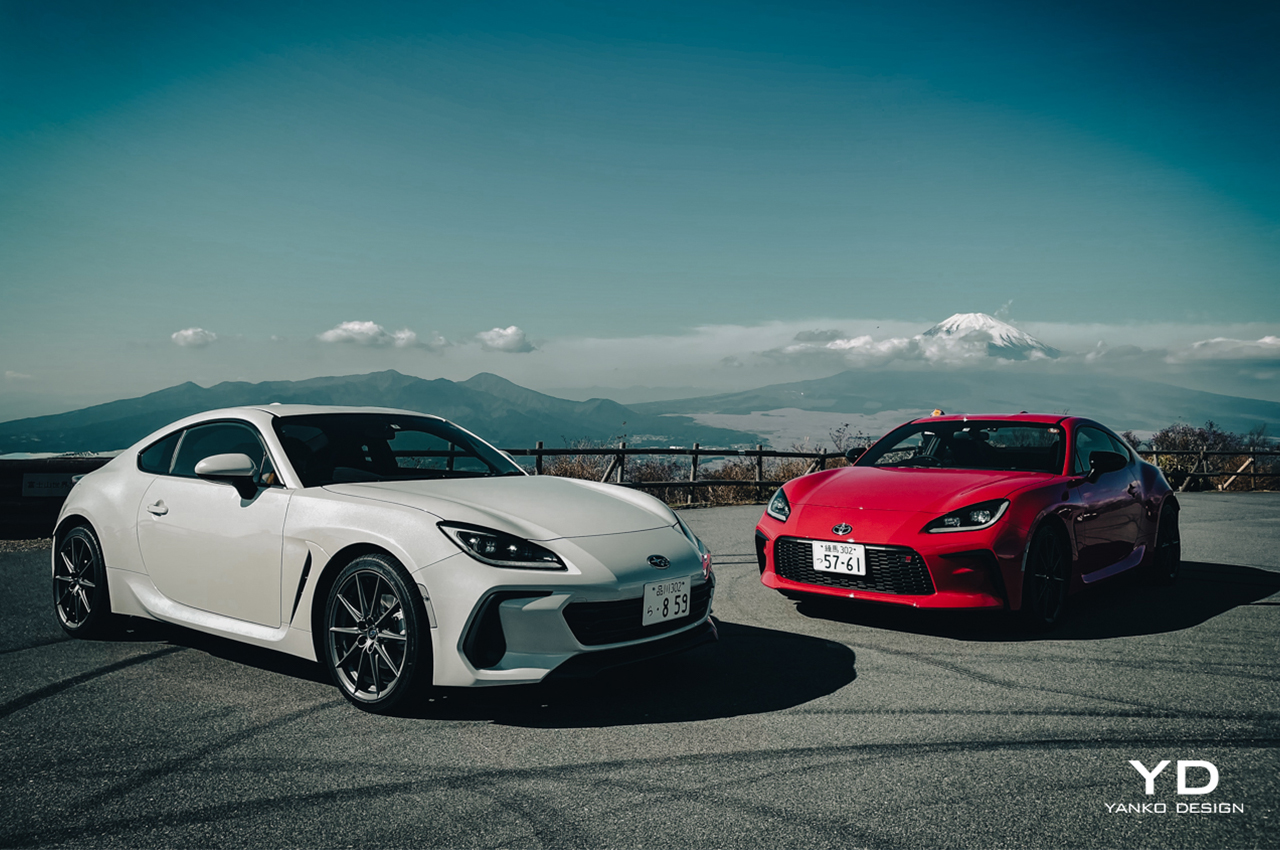
In a world of intense competition and oneupmanship, it warms the cockles of my heart to see carmakers collaborating to build a car. But when you consider the sometimes diametrically-opposed corporate cultures and design philosophies that must be massaged and compromised to realize a new car or two, it’s a wonder at times that such tie-ups work at all.
When the magic does happen, however, it’s like a smorgasbord of flavors and textures that bridge cultural divides like a fillet of steak with wasabi and soy sauce garnish or a sushi roll with avocado and mayonnaise.
The all-new rear-wheel-drive Toyota GR86 and Subaru BRZ might both be Japanese brands, but they live at opposite ends of the automaker cultural axis.
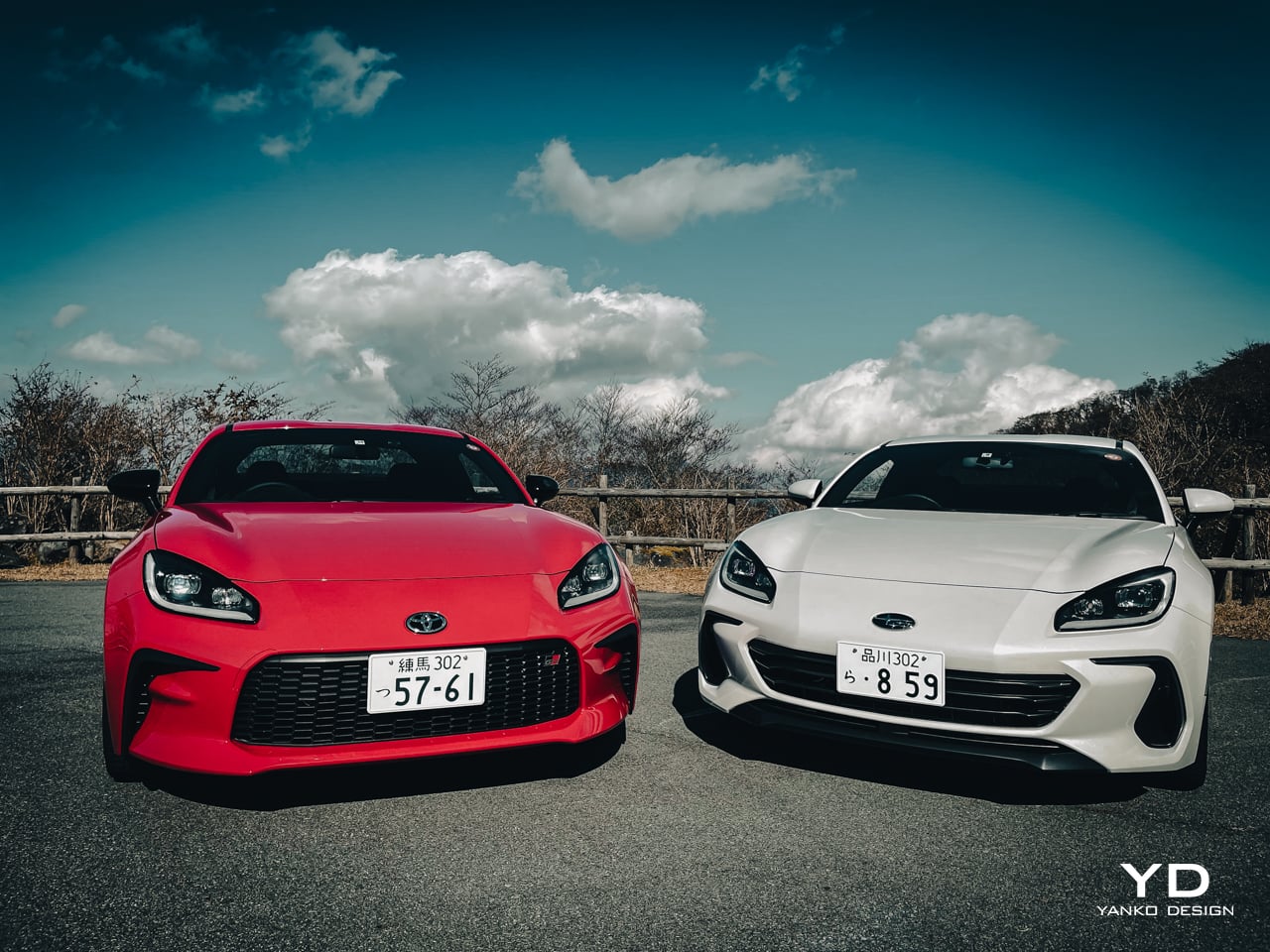
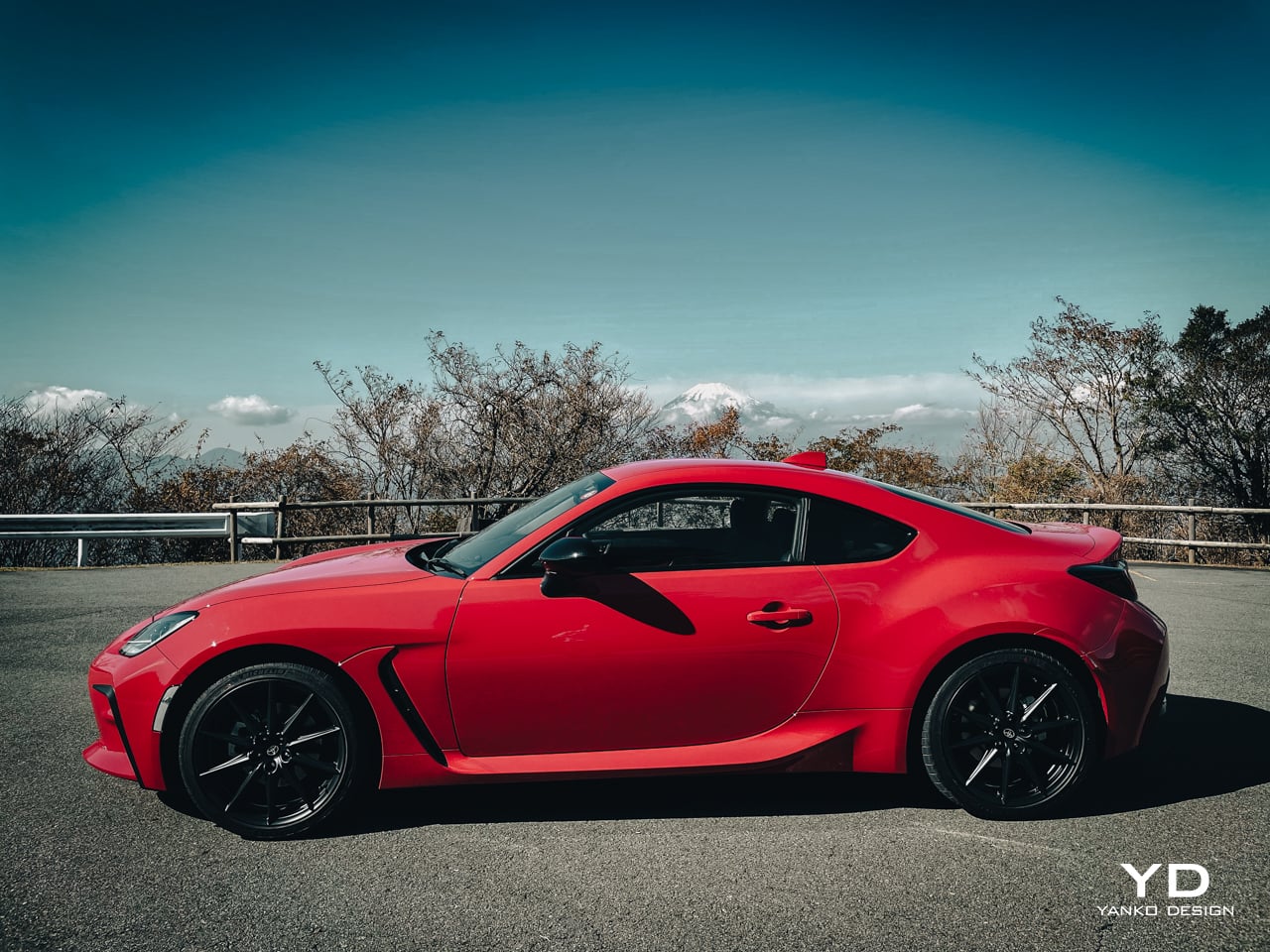
Of late, we’ve seen Mazda and Fiat use the immensely popular MX-5 running gear to co-develop the current generation MX-5 and Fiat 124 Spider while Toyota and BMW opted to focus on a BMW chassis and engine to produce the new Supra and Z4 sports cars.
In 2012, Toyota teamed up with Subaru and employed its chassis and boxer engine to create the Toyota 86 and Subaru BRZ. Now, some 9 years on, Toyota and Subaru have not only joined forces to create both brand’s first-ever electric car (the Toyota bZ4X and Subaru Solterra), but they have taken the newly named ‘GR86’ and BRZ to new heights with an all-new Subaru-sourced platform, new sportier bodies, and a bigger, gutsier 2.4-liter boxer engine.
Intrigued by what these two radically different carmakers had achieved, yet again, I rocked up to the ‘GR86 vs BRZ test drive’ near Mt Fuji in early November to check out whether we’ve ended up with a Dr. Jeckyl vs Mr. Hyde situation or a Bruce Lee vs Jet Li comparison. And after the drive, I’d have to lean towards the latter. These twins pack the same agility, talent, and power, like Lee and Li, but behave slightly differently when pushed hard to the max.
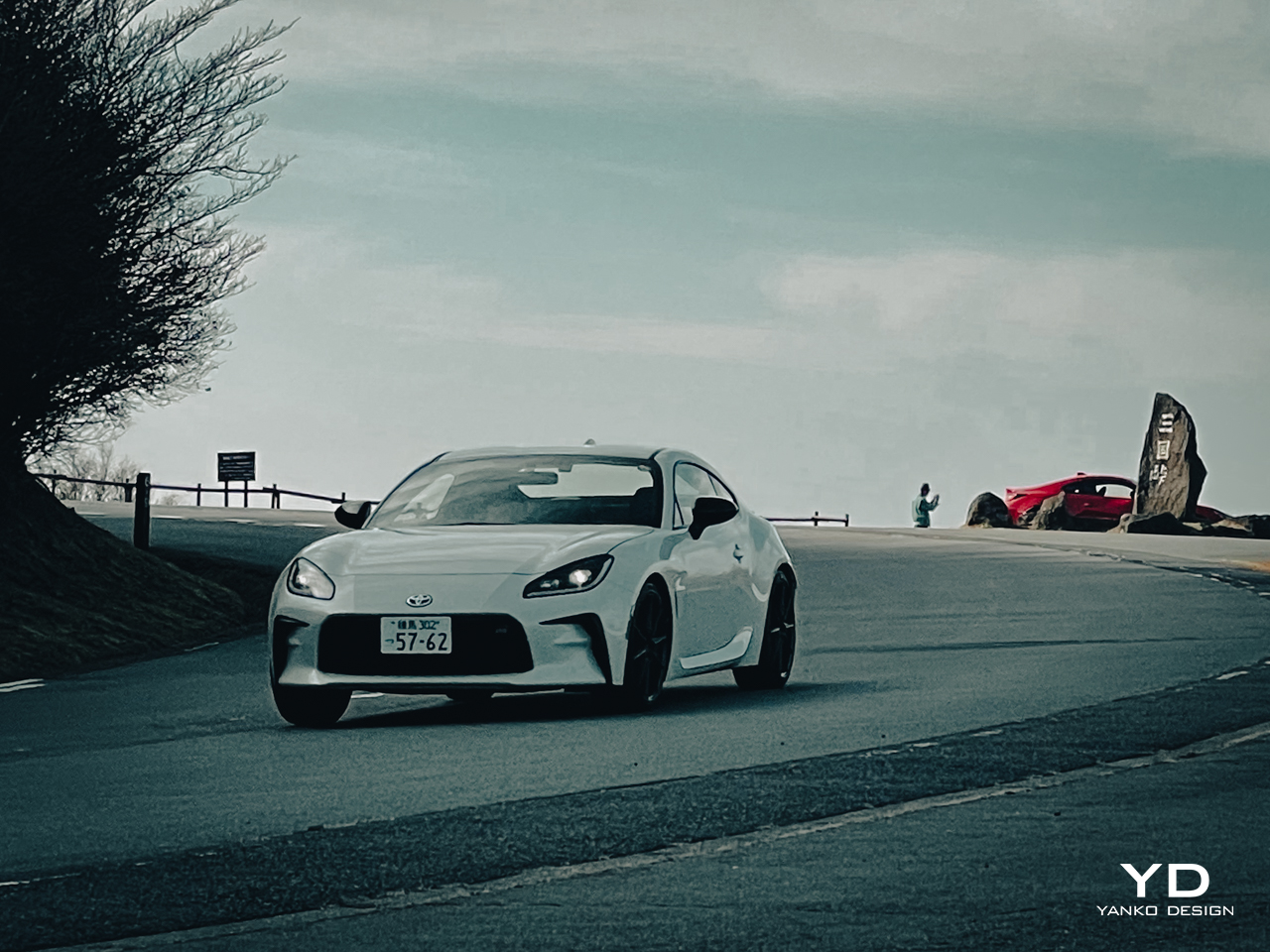
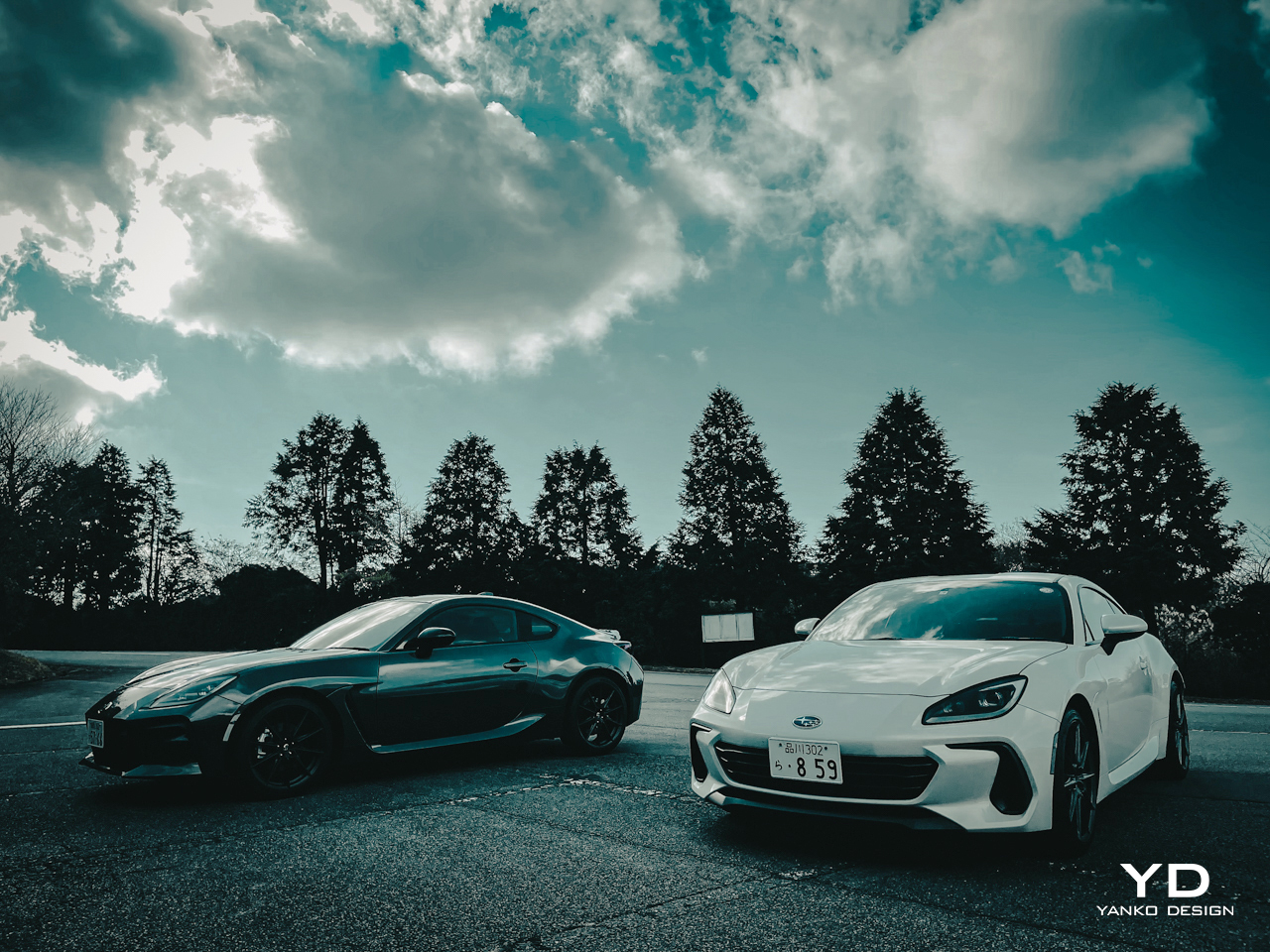
How did Toyota and Subaru split their duties?
In this collaboration, Toyota looked after the product planning and design side of the equation while Subaru took responsibility for the development of the hardware including the chassis and powertrain.
Given that the cars boast the same platform, engine, brakes, and transmissions, it seems only obvious that they would opt to differentiate their coupes from one another by using some bespoke cosmetic surgery inside and out while tweaking their suspension to deliver slightly different handling and ride quality. And that’s exactly what they’ve done.
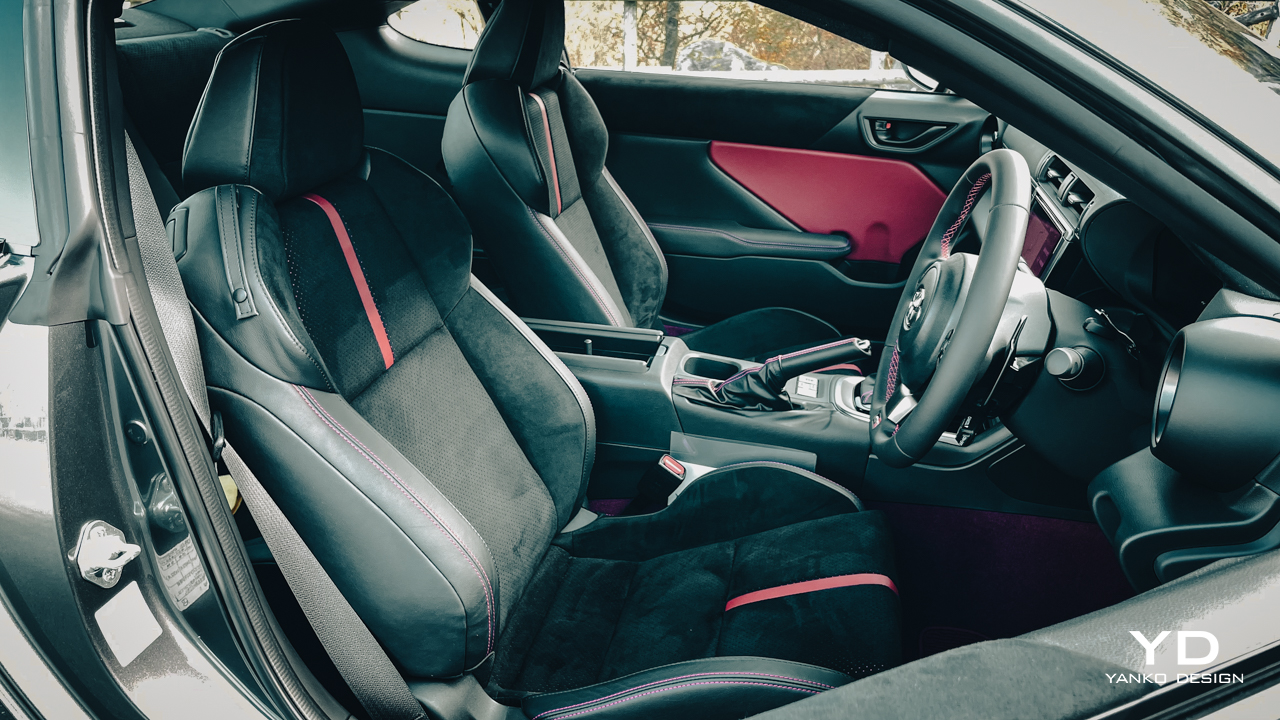
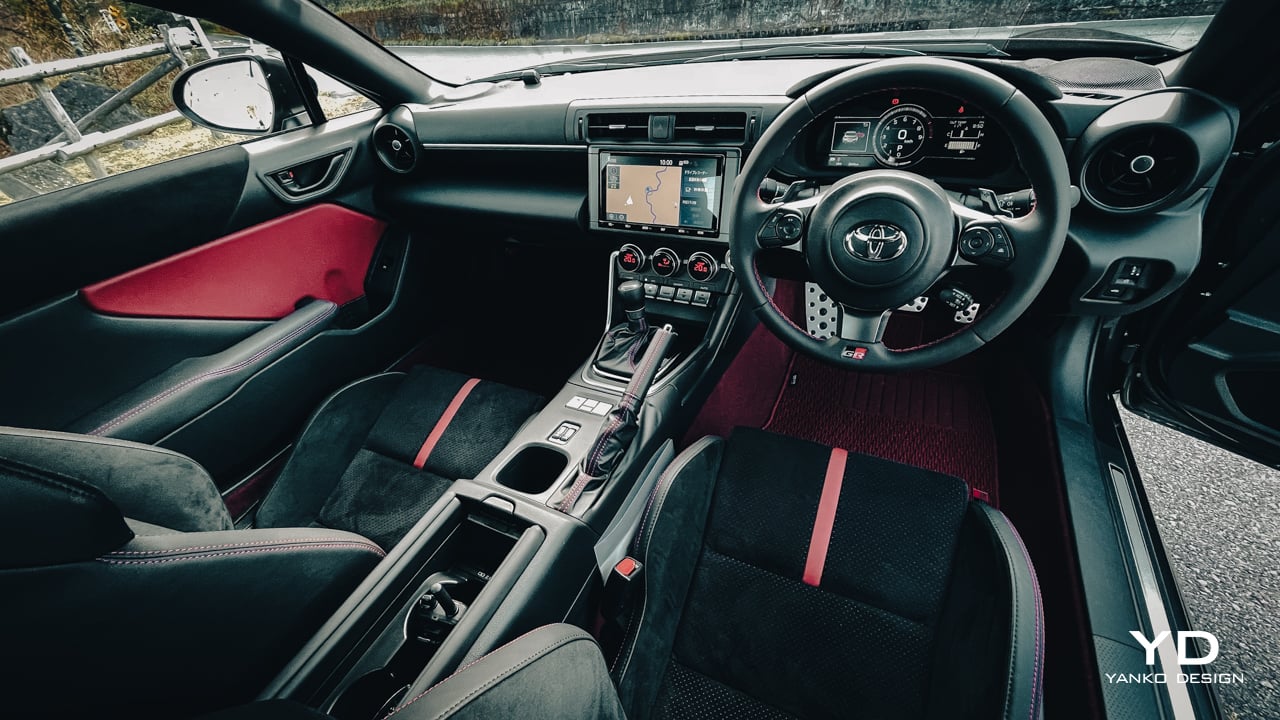
Exterior styling can be very subjective but what both carmakers have done with their new designs is taken the sheetmetal to where it needed to go. Both cars may have maintained the overall good-looking proportions of the predecessor, but this time designers have employed an edgier, more sculptured exterior that features bigger grilles and more efficient air intakes and vents to cool brakes. Other features that stand out are the lip subtle lip spoiler, stylish side sills, flared rear wheel arches, neater tail light treatment, and twin chrome-covered exhaust pipes.
When I sat down after the drive to chat with designers, I was treated to an interview rarely experienced in over 30 years of writing about cars. Given the rivalry of most carmakers, I can count on one hand the number of times I’ve ever sat down to discuss a car, or cars for that matter, with designers from two different carmakers. With one designer from Subaru and another from Toyota sitting in front of me, I asked them about their design processes. As expected, their replies couldn’t have been more opposite.
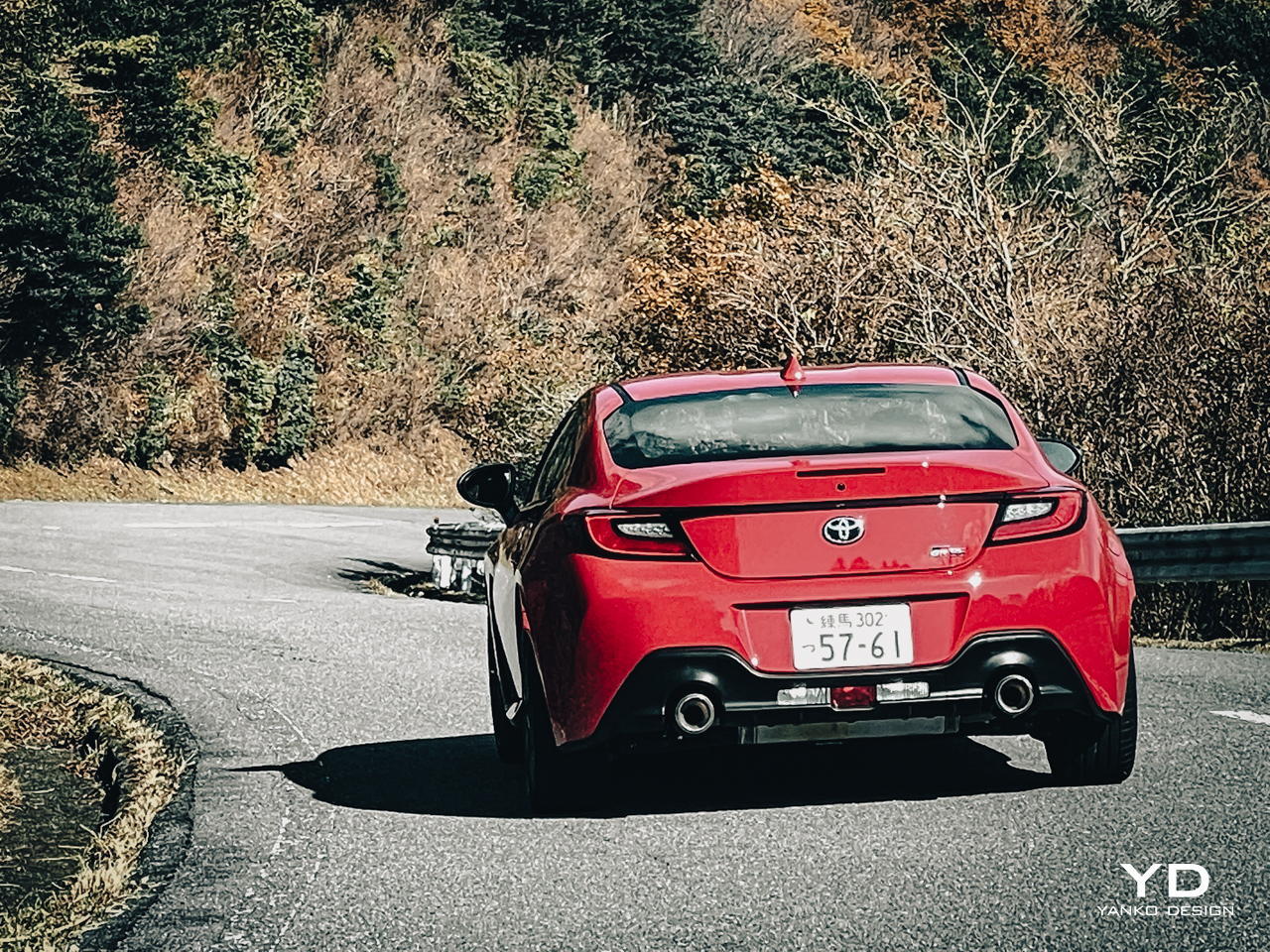
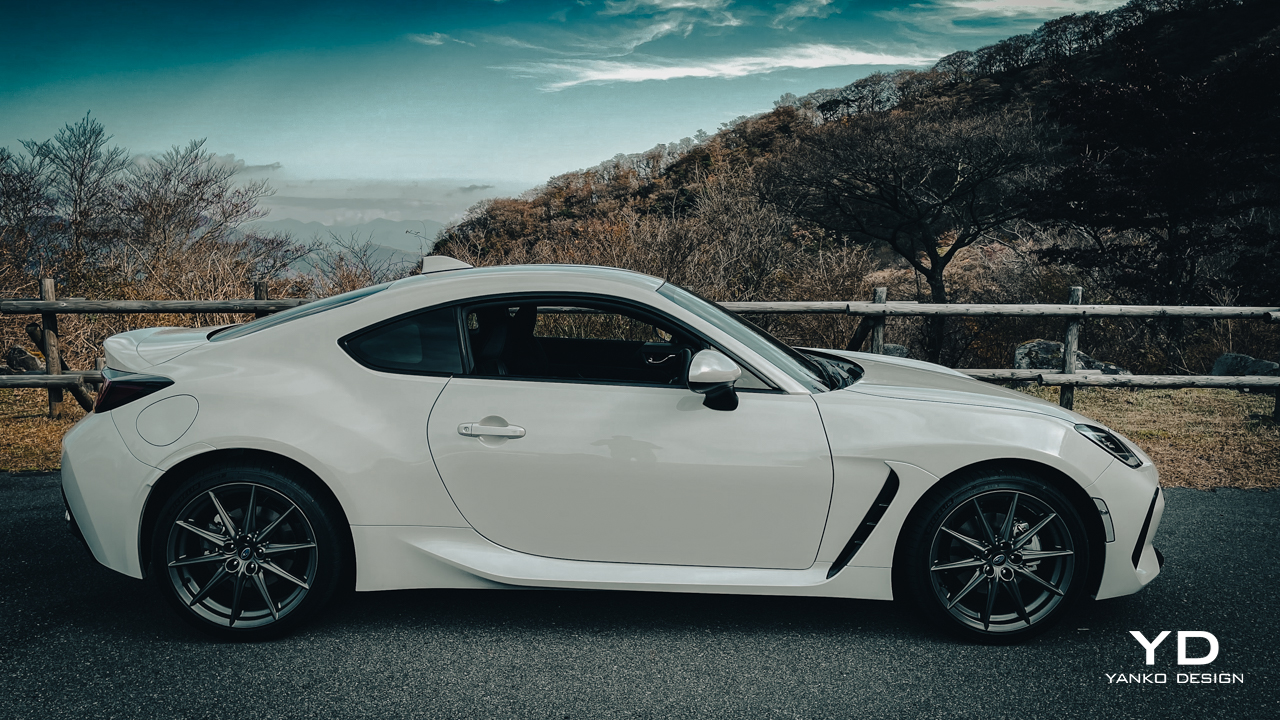
For designs, Subaru stylists still use clay, Toyota uses CAD computers
With a smile on his face, the Subaru designer told me that his team still likes to work with clay models and get their hands covered in the silky muddy substance, while Toyota stylists prefer to lean towards creating their designs on computers. Subaru stylists still like to work, when they can, with a clay model and meticulously shave small pieces of the soft clay off the prototype design until they reach their desired effect. Although as our Subaru stylist pointed out, “a lot of the clay contouring today is done by automated computers now.”
When I enquired what the Toyota designer thought of Subaru’s clay modeling, he grinned and said his team enjoyed the out-of-body (out of Toyota) experience of getting their hands on some clay, while the Subaru designer said he learned extra advanced methods of contouring from Toyota on a CAD computer.
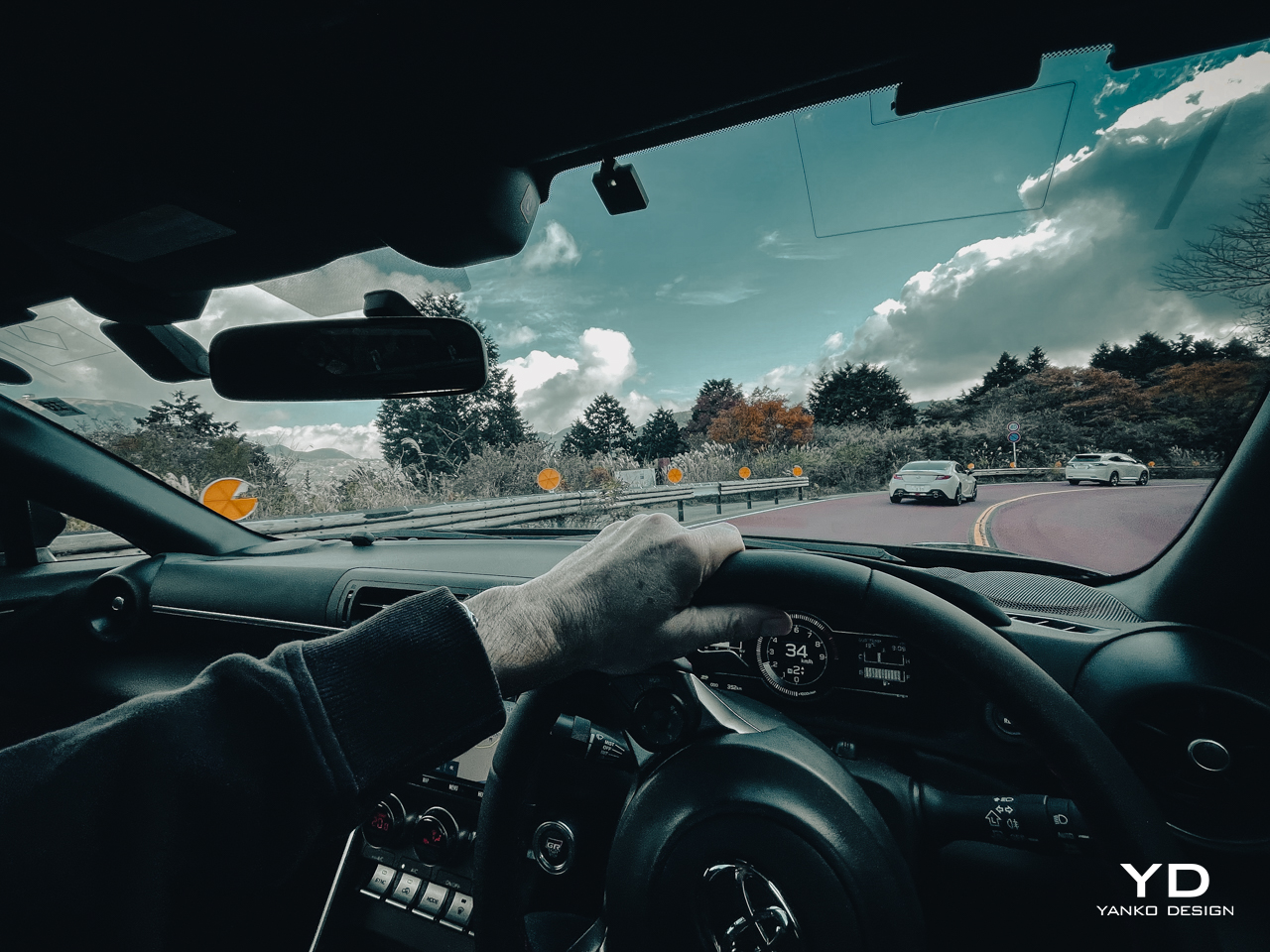
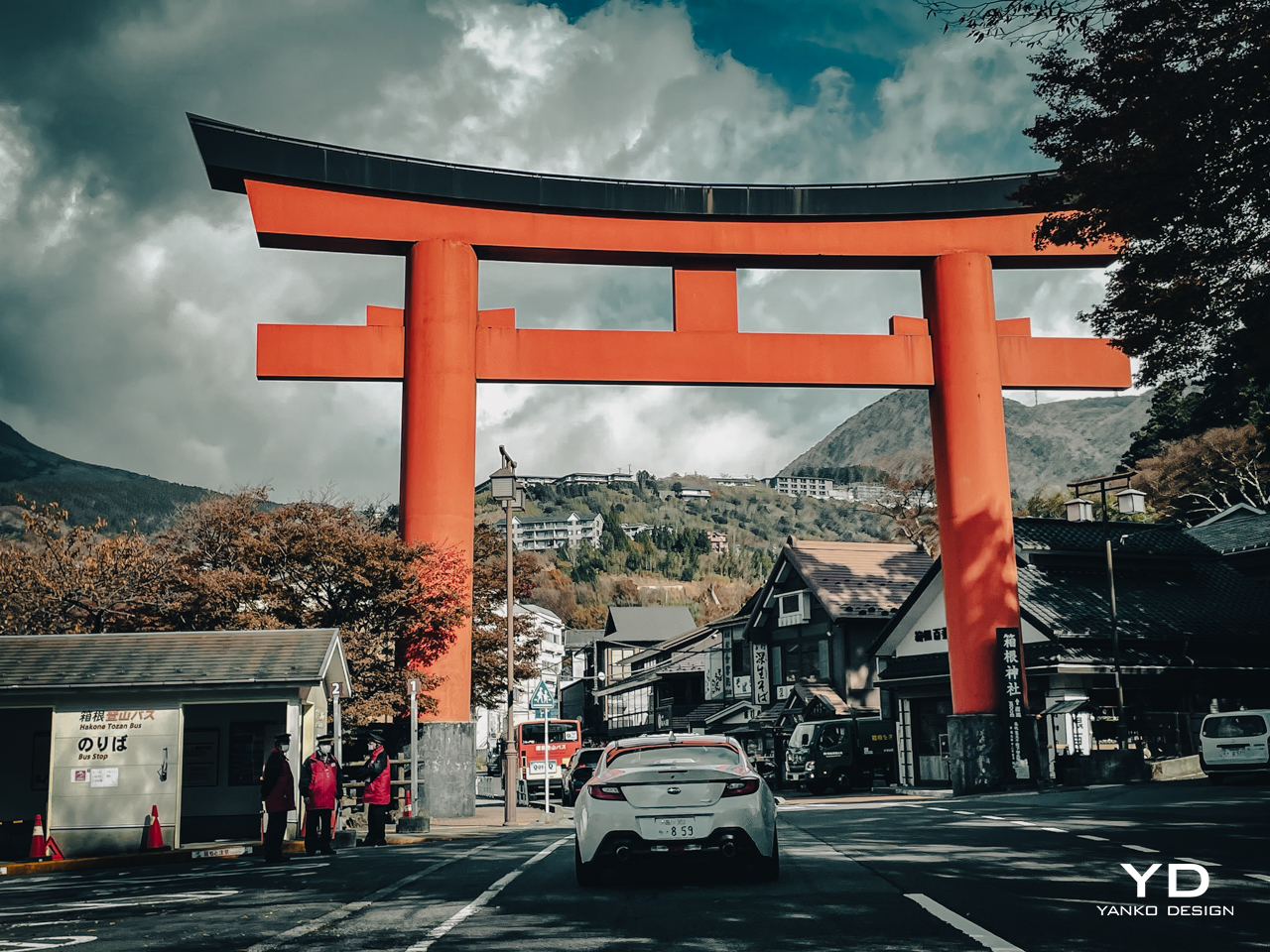
But what really came across from listening to both designers discuss the design process was the obvious camaraderie they’d developed working together. And to be honest, that feeling was clear and present in the cars that they’d produced. Having already checked out the new Toyota bZ4X and Subaru Solterra electric vehicles that employ the same Subaru platform and Toyota EV powertrain, it is plain to see that these two carmakers, although starting out nearly a decade ago to build the first generation 86 and BRZ with much trepidation, have learned how to embrace each other’s differences and make something meaningful out of it.
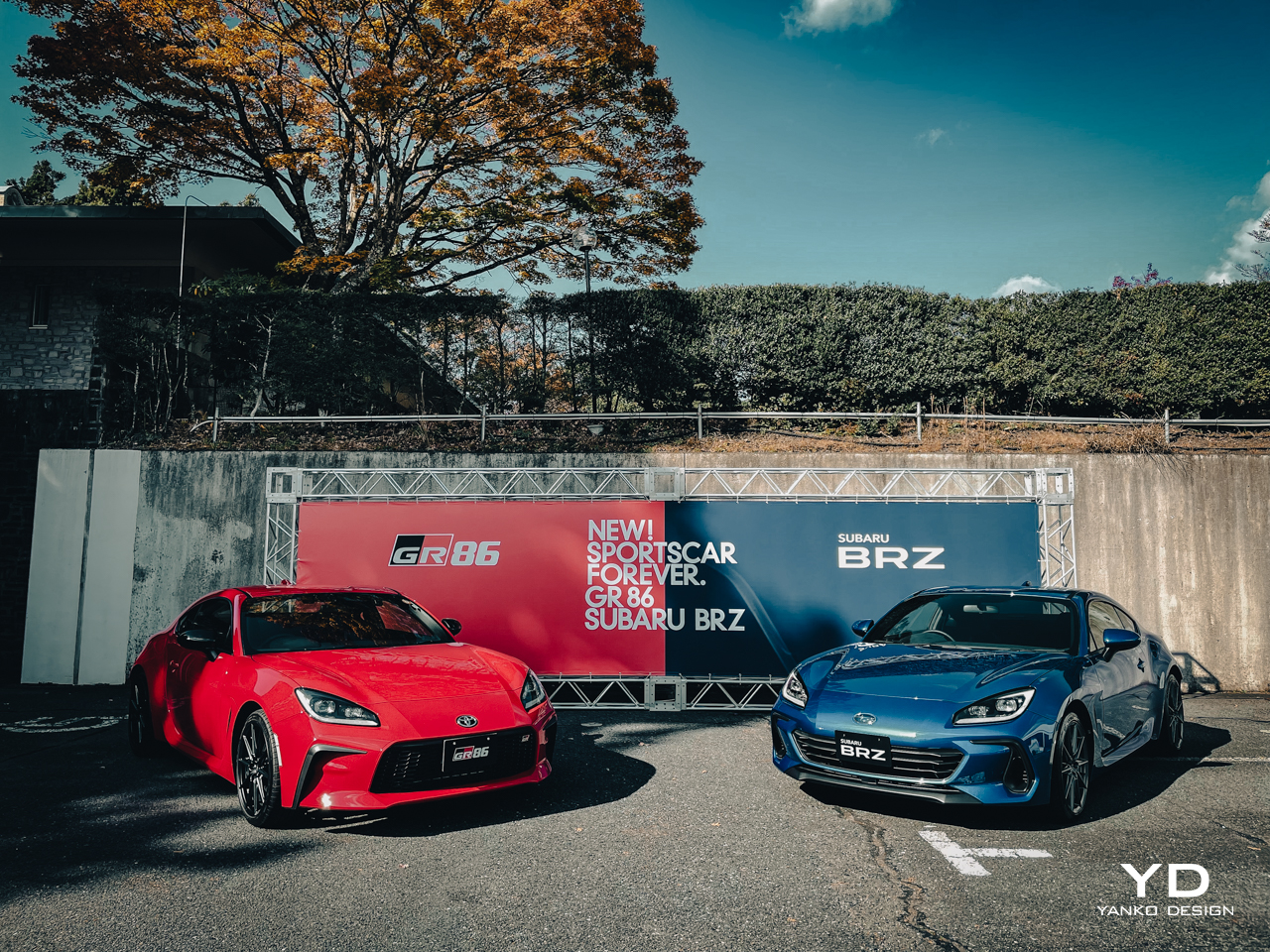
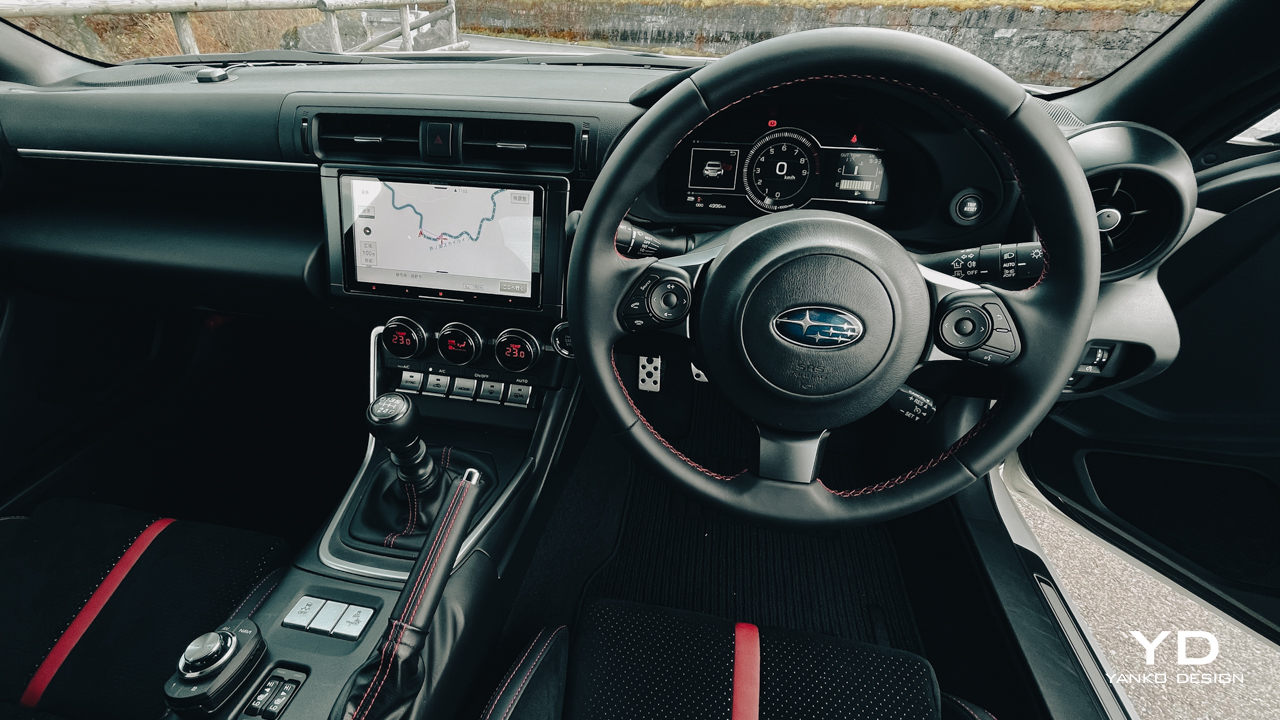
So what does differentiate the two cars?
The almost identical bodies are the design traits the two cars share. So how are they differentiated? It goes without saying that the most noticeable difference lies in the grilles. Whereas the BRZ incorporates a hexagonal grille design DNA from other Subaru models like the Crosstrek and Outback, the GR86 takes design hints for its grille from the multiple award-winning GR Yaris, strategically keeping its styling DNA in the GR family. Other subtle design deviations include the brake ducts at either side of the grille with the Subaru vents taking on a sportier, more contoured look compared to the edgier GR86 ducts.
So as expected, the exterior design differences are subtle and don’t really let on as to how the cars have been differentiated. To understand that fact, we just have to open the driver’s door. It’s only then that we see the different styling paths the two carmakers have taken. For starters, the Toyota with its black trim and bright red carpets and door cards, red stitching on the doors, handbrake, gear shifter, and steering wheel, bespoke GR badging on the start button and two-tone seats are far flashier and sportier than the blander, more mature BRZ. Both get a 9-inch touchscreen which features crystal clear graphics and an easy to use interface that is Apple and Android compatible.
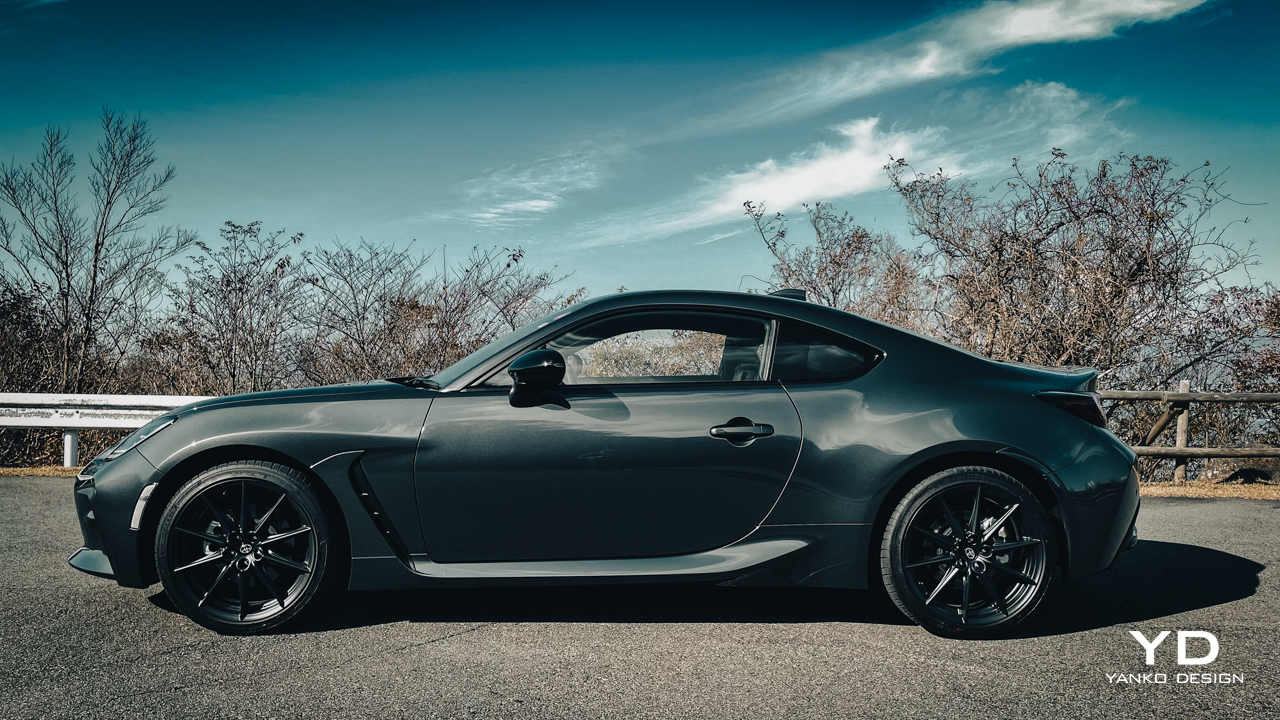
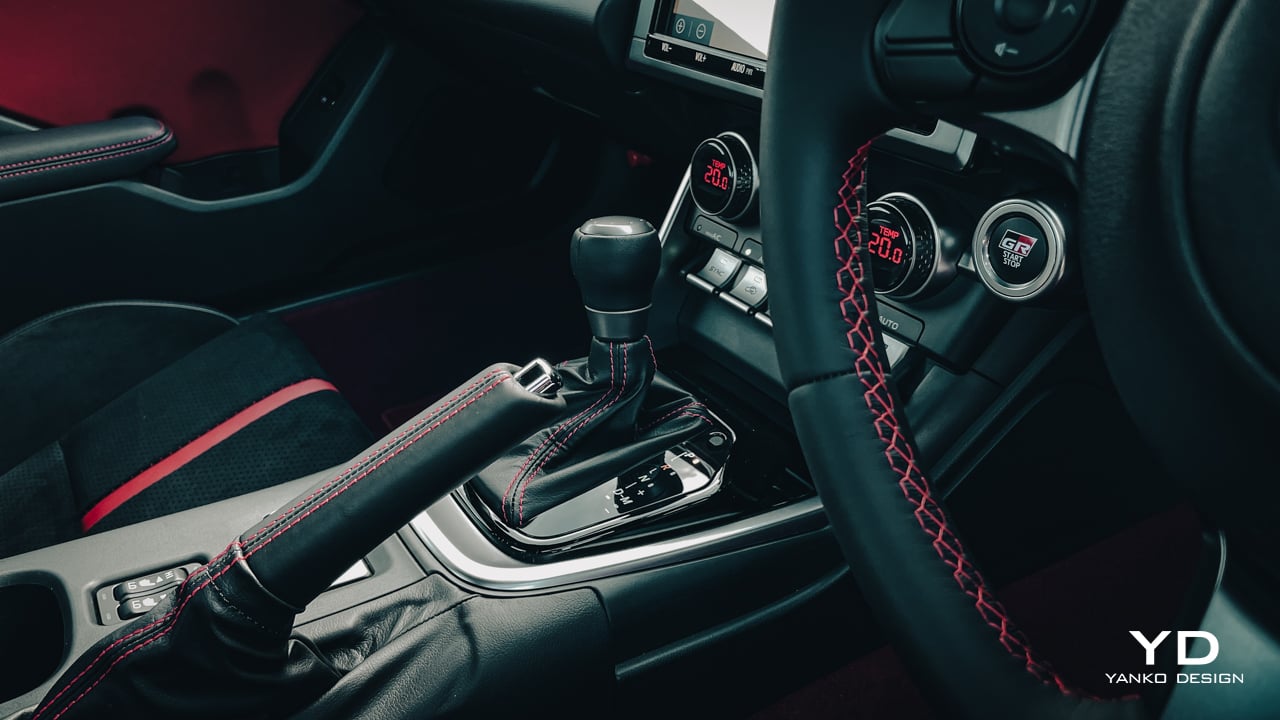
To be honest the BRZ could do with a little more color inside. Even a splash of its signature STI dark pink would be an improvement. Also, from a sports car’s cockpit point of view, I feel the tachometer, which has been thankfully centrally located on the instrument cluster like that of a Porsche 911, could have featured larger, bolder numbers and more color as it rises and falls with engine revs. The all-white tacho used in the new car seems unfinished. Thankfully the car also features a much more appropriate secondary race car-style bar tacho that can be accessed by switching a knob of the steering wheel.
As we will see a little later, the suspension settings of the GR86 that give the car a more playful nature, in addition to its obvious interior flamboyance, were the design direction that Toyota’s GR (by the way GR stands for Gazoo Racing — Toyota’s racing and customizing arm) division wanted to take the GR86. The car drives and handles like it looks inside. Edgy and fun, whereas the BRZ is more mature and refined.
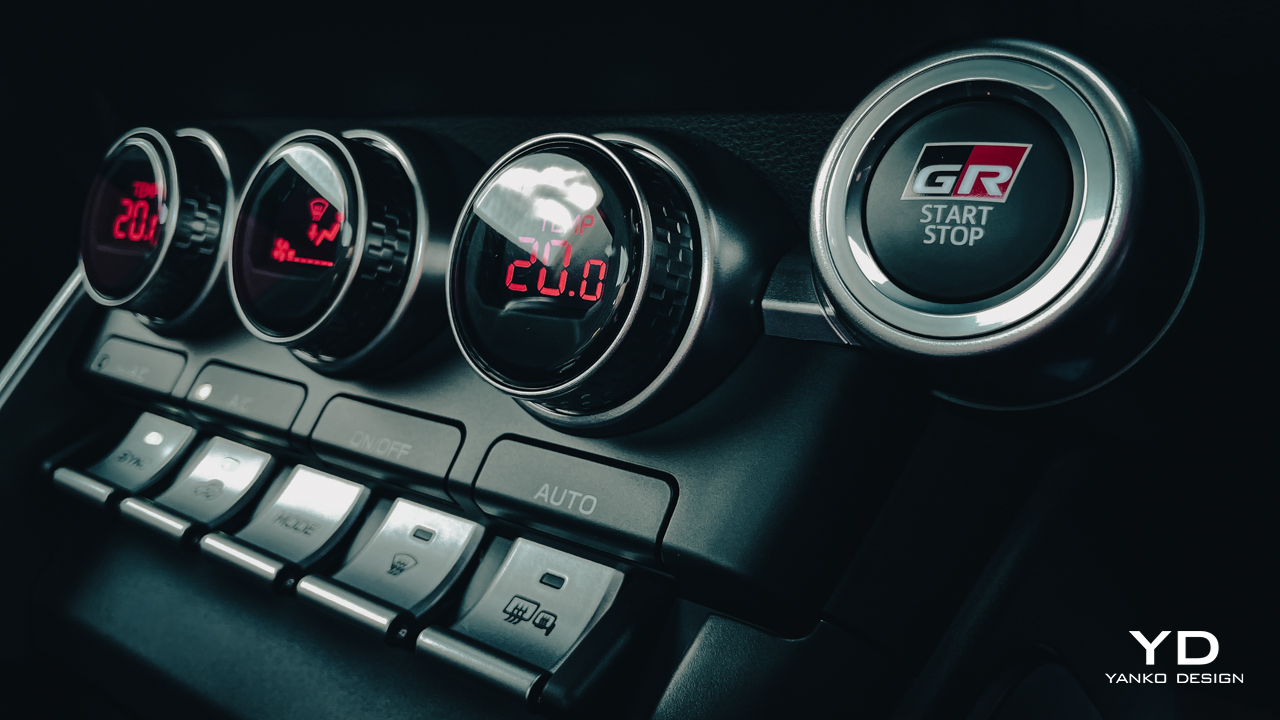
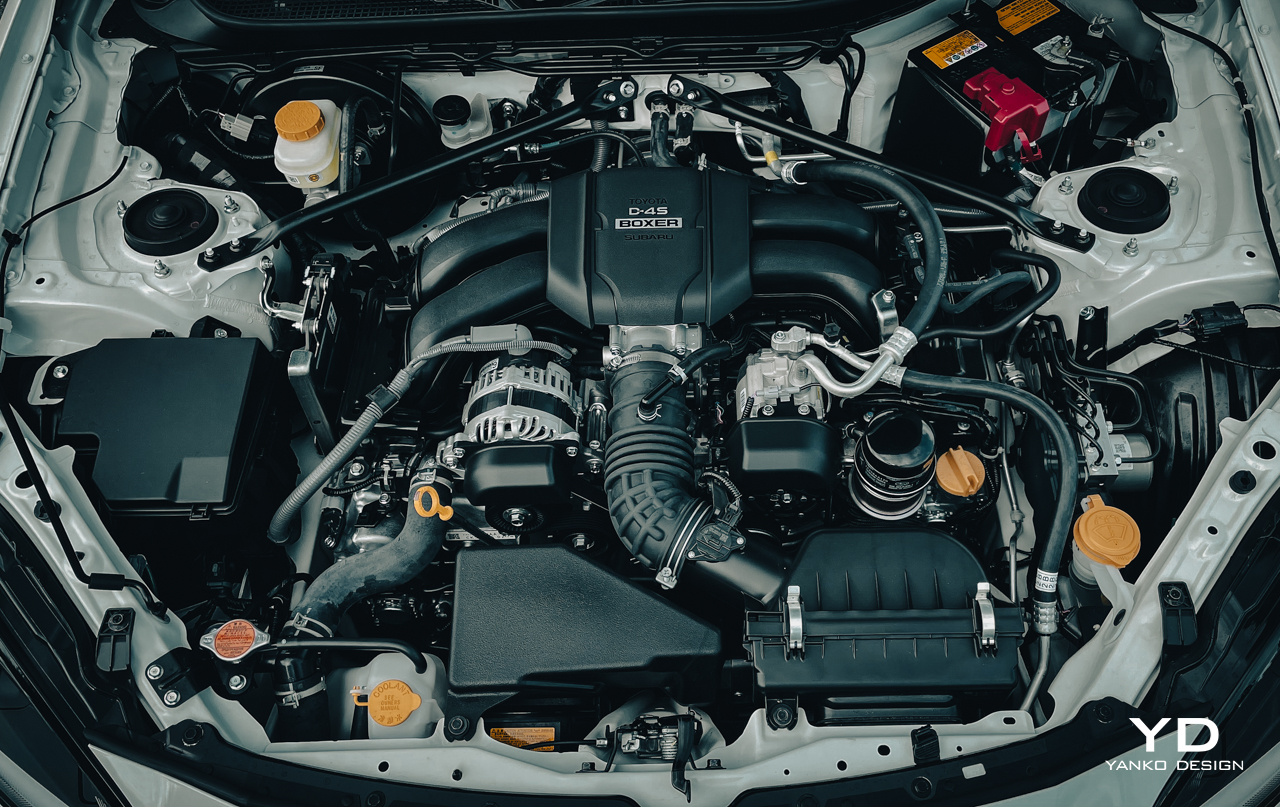
The Driving Experience
As mentioned above, these models sit on a new, tweaked version of Subaru’s platform with designers pushing the envelope to minimize weight gain. Of course, with most new cars requiring reinforced structural integrity for better crash safety, stiffer rigidity, more luxury, more gadgets, and, like the new GR86 and BRZ, a new bigger, higher capacity engine, putting on a few extra pounds is par for the course. According to one Subaru designer, the new models, depending on the grade, are between 30 to 40 kgs heavier than their predecessors, and that’s with a weight-saving aluminum roof and hood fitted.
As for that new engine, which is by far the most strategic upgrade of the whole process, the new Subaru-sourced boxer engine has grown from the outgoing model’s 2.0-liter to a 20% larger 2.4-liter flat-four powerplant. “But what about the turbo?” I hear you say. No, sorry guys, no turbo. Even without that turbo, what will thrill sports car fans is that the new engine delivers 26 more horsepower over the predecessor, up from 205 to 231-hp. That 12% boost in power may not sound much, but when you consider torque has jumped from 212-Nm to 250-Nm, and with a redline that spins frantically all the way to 7500 rpm, then you have a powerplant that can guarantee some giggles and sideways shenanigans.
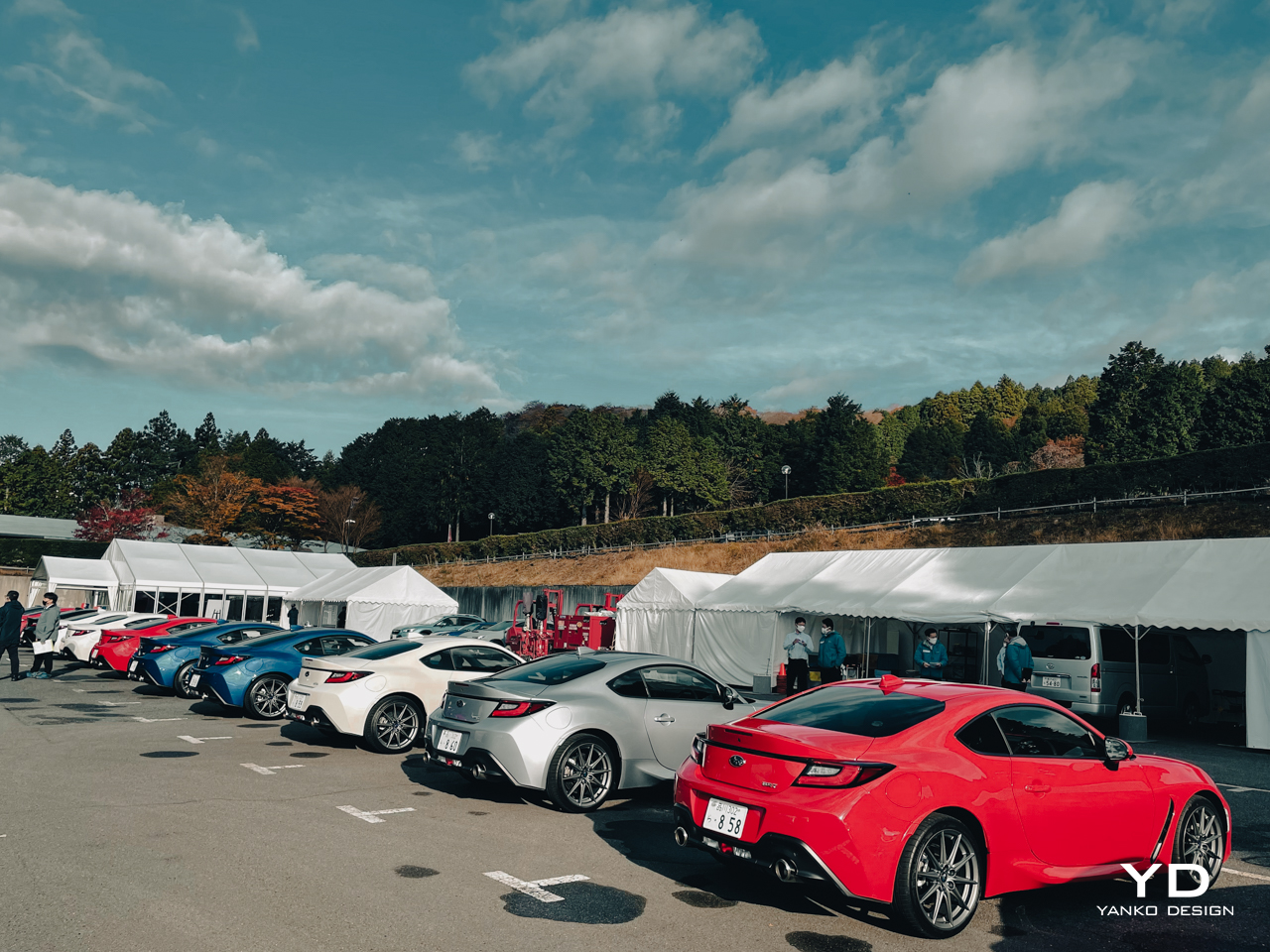
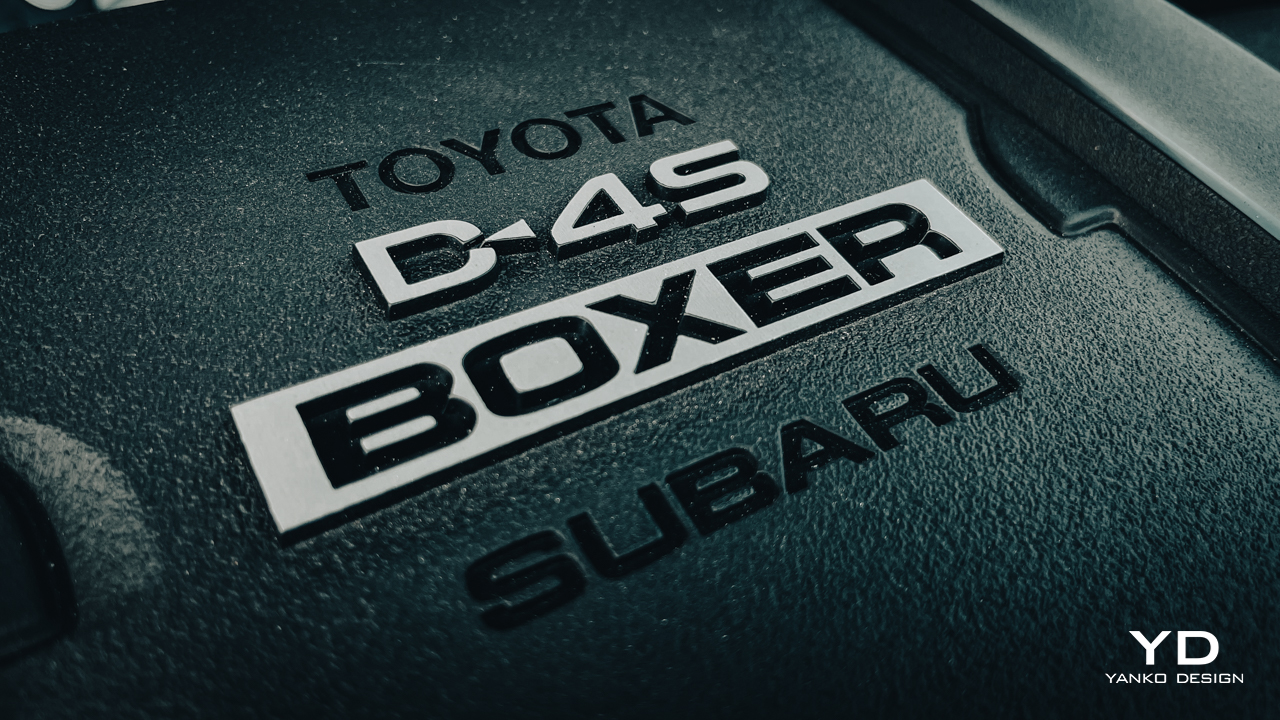
So in deference to a huge number of Toyota and Subaru enthusiasts out there who pleaded for a turbocharger to be fitted to this new boxer engine, I put my hand over my heart when I say “the engineers did the right thing” by not adding a turbo. The new cars deliver noticeably quicker acceleration with the 6-speed manual version now sprinting from zero to 60 mph in 6.2-seconds, down from 7.4-seconds. As one Subaru engineer said, “if you add a turbo, sure you will have beefier throttle response, but you will also have significantly more horsepower which requires a lot more structural integrity and crash safety, more suspension tweaks, and bigger, more expensive brakes. That folly would take us a lot further north than where we need to be price wise with these cars.”
What the new GR86 and BRZ offer now, especially with that boost in power and bottom-end torque, plus a new more rigid chassis with more compliant suspension settings, are cars that deliver what you’d expect. The extra power is not just noticeable from a standing start but really hits home as you exit a corner on a mountain road or race track. These cars are true sports cars now. Whether you drive the 6-speed manual or the 6-speed automatic, you will be guaranteed a logarithmic increase in your enjoyment level compared to the outgoing models.
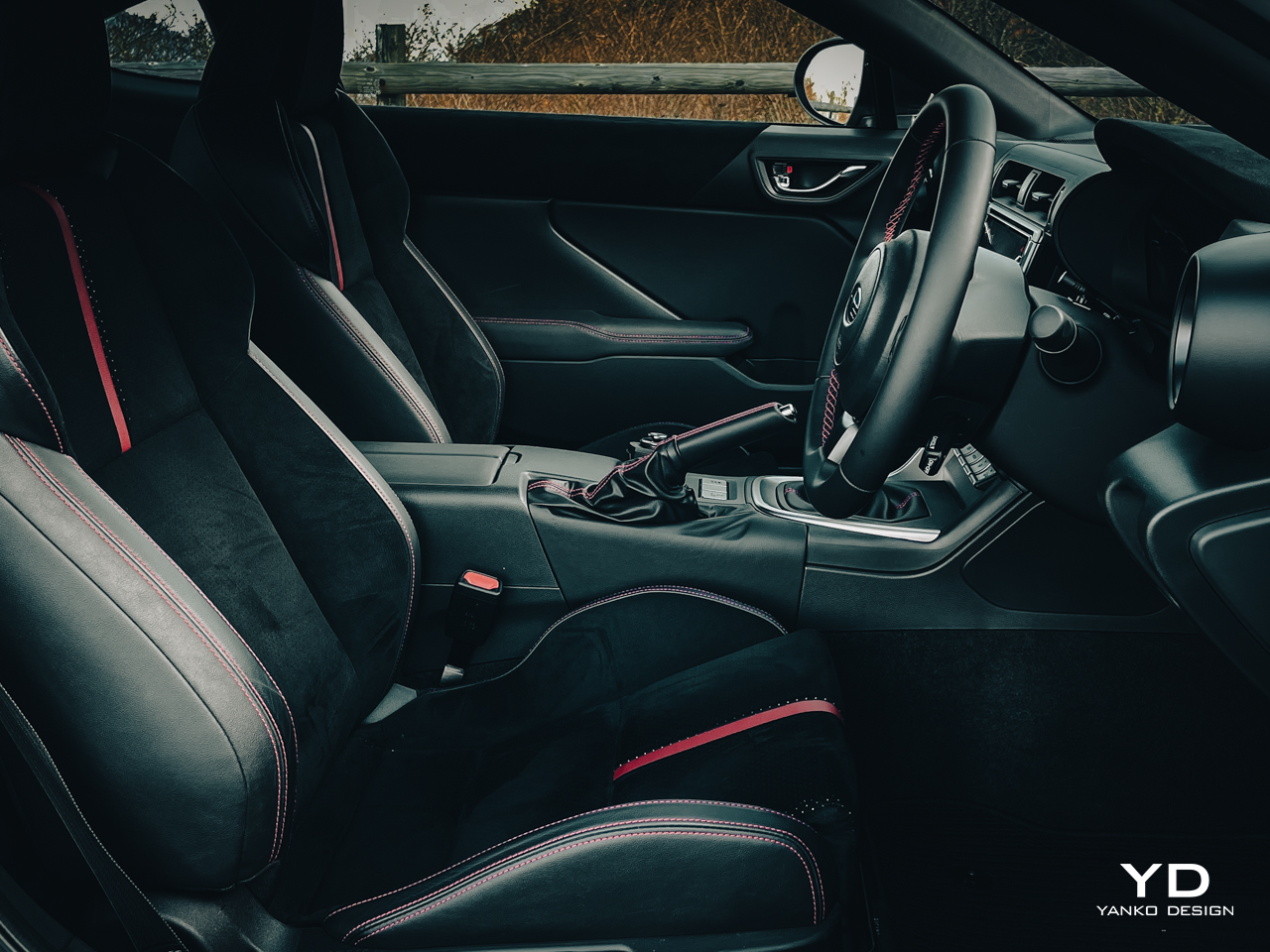
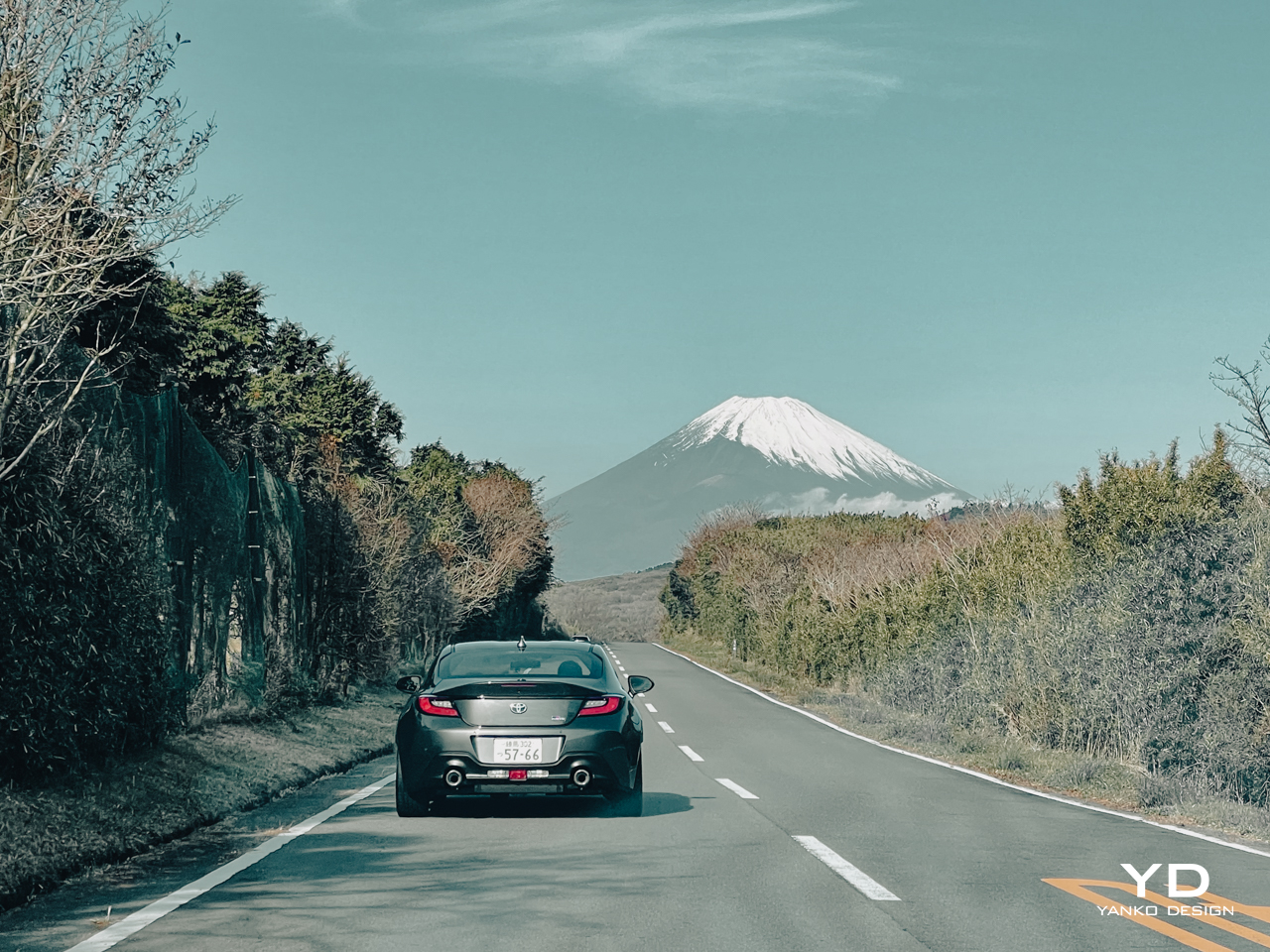
But as we anticipated, while these cars may drive almost identically on normal streets at normal speeds, you can notice a definite difference in their demeanor the more you push them.
We have explained that the GR86 is more colorful and playful inside. Its suspension setup is also set up to be more colorful in and out of the corners at speed. Compared to the BRZ, the GR86’s rear suspension is slightly stiffer with marginally softer front settings to give the car greater rear stability at speed and help it to get the tail out quicker and easier than the BRZ. That’s right, Toyota wanted its GR86 to be the ‘drifter’ of the two and therefore adjusted the car’s settings to allow drivers to access its power sliding capabilities with the minimum of fuss.
That’s not to say the GR86 is unstable at speed. Quite the contrary. The Toyota is actually more stable over uneven terrain at speed than the BRZ.
Subaru’s engineers decided to set their car’s rear suspension to be softer than the GR86s but give it more rigidity at the front end to make it less of a drift machine and more of a mature tourer with better ride quality and more refinement. So you could say that the GR86 is the edgier, flashier Bruce Lee whereas the BRZ is the immensely talented yet less flamboyant Jet Li.
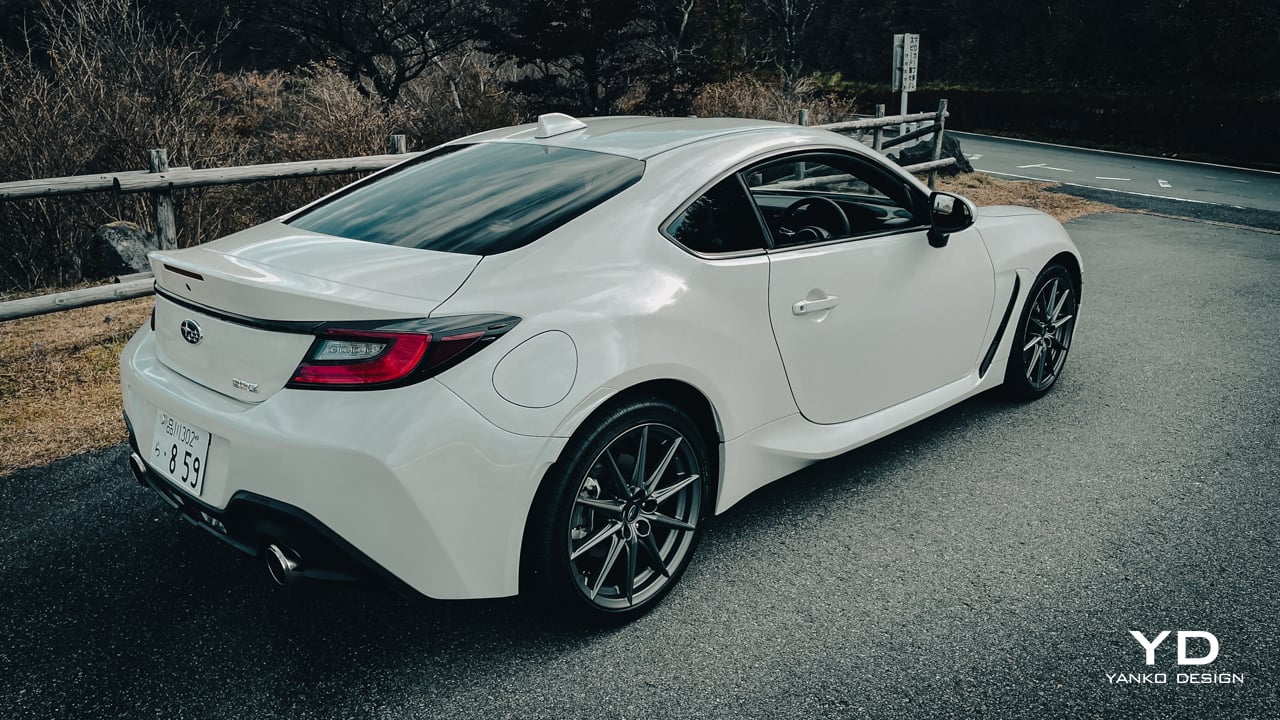
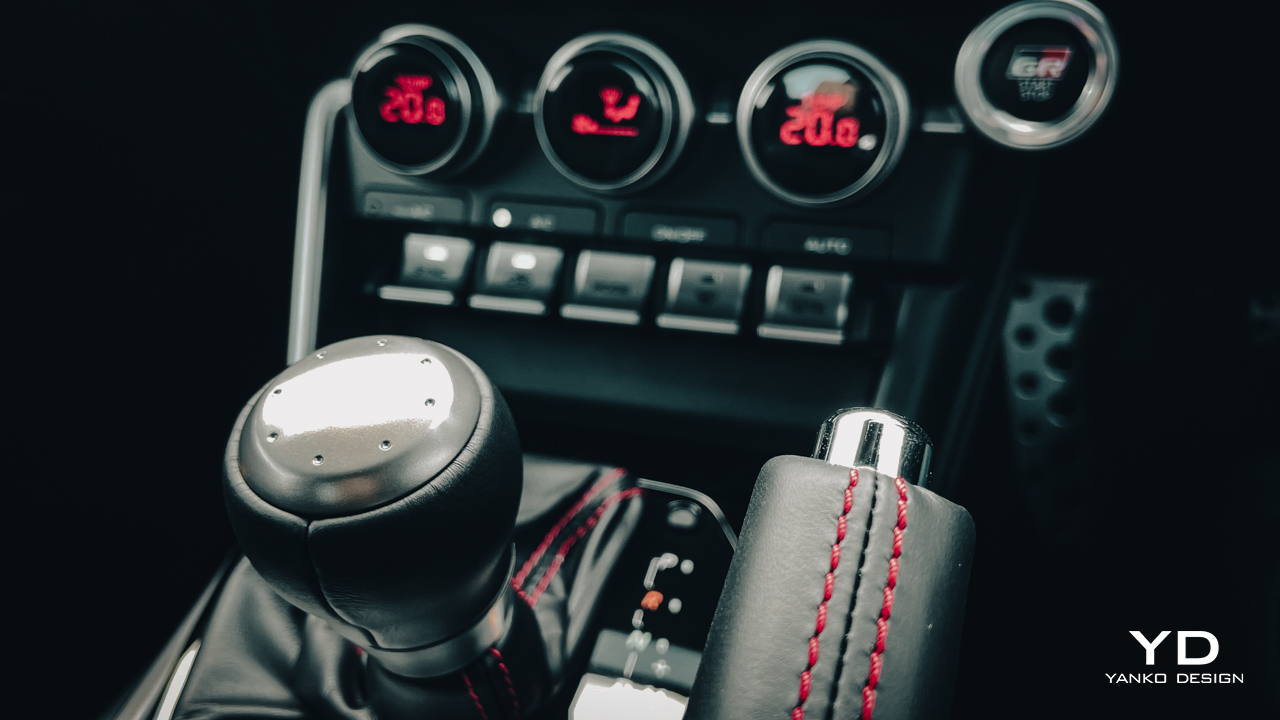
Price and options
So which one do you choose? The bottom line with these two rear-wheel-drive coupes is twofold: how do you plan to use your coupe; and what kind of street presence do you seek? The Toyota currently outsells the Subaru by about ten to one meaning that the GR86 is the bigger seller given the popularity of the Toyota and given the original 86’s association with the legendary Keiichi ‘Drift King’ Tsuchiya who made drifting famous over three decades ago. However, if you want a more refined, less boy-racer car, with more subdued color tones, and a softer demeanor, then the BRZ is probably for you. Both cars start at around 3.34 million yen (@$29,000) for the 6-speed manual and 3.51 million yen (@$30,700) for the 6-speed automatic.
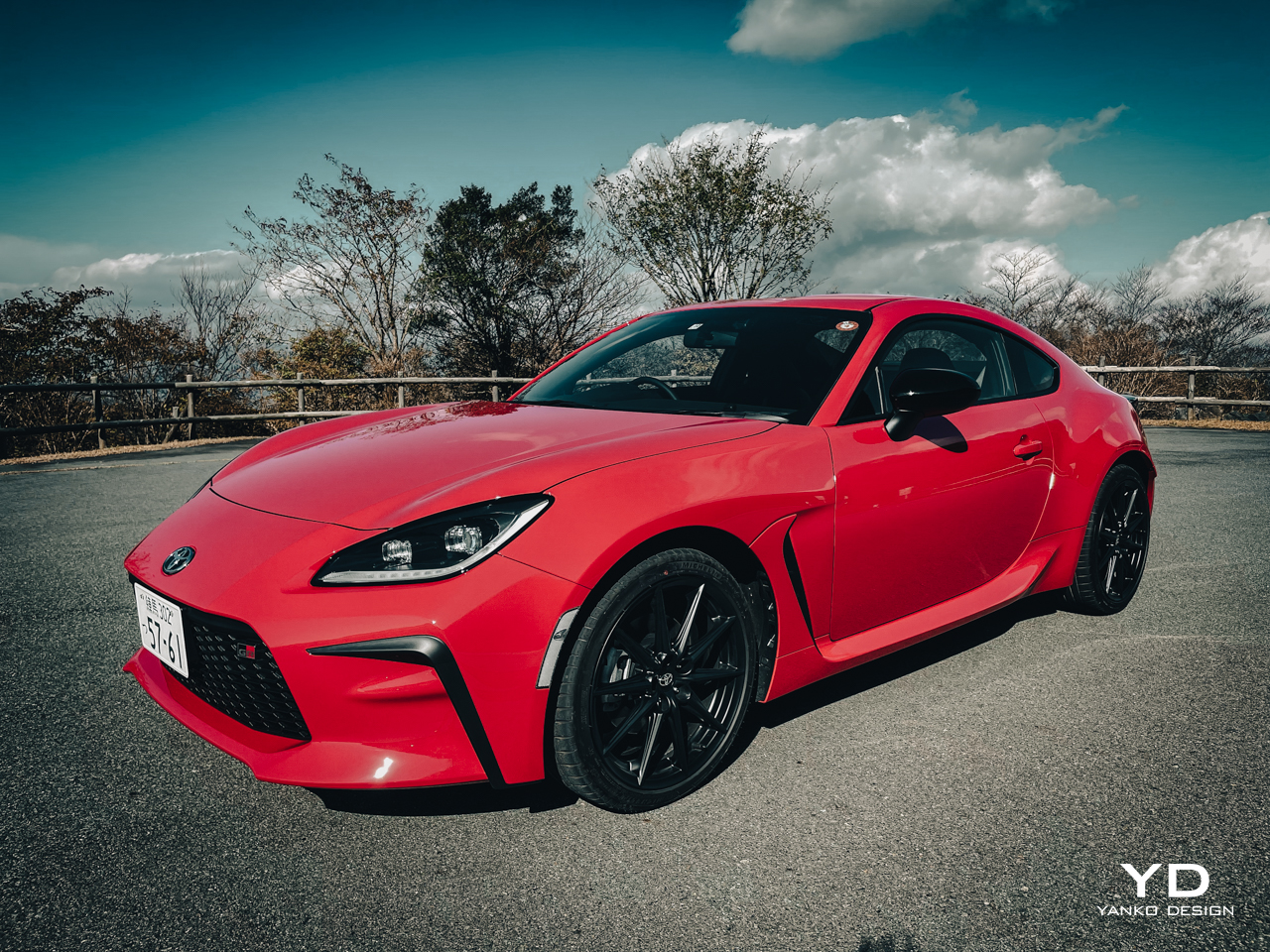
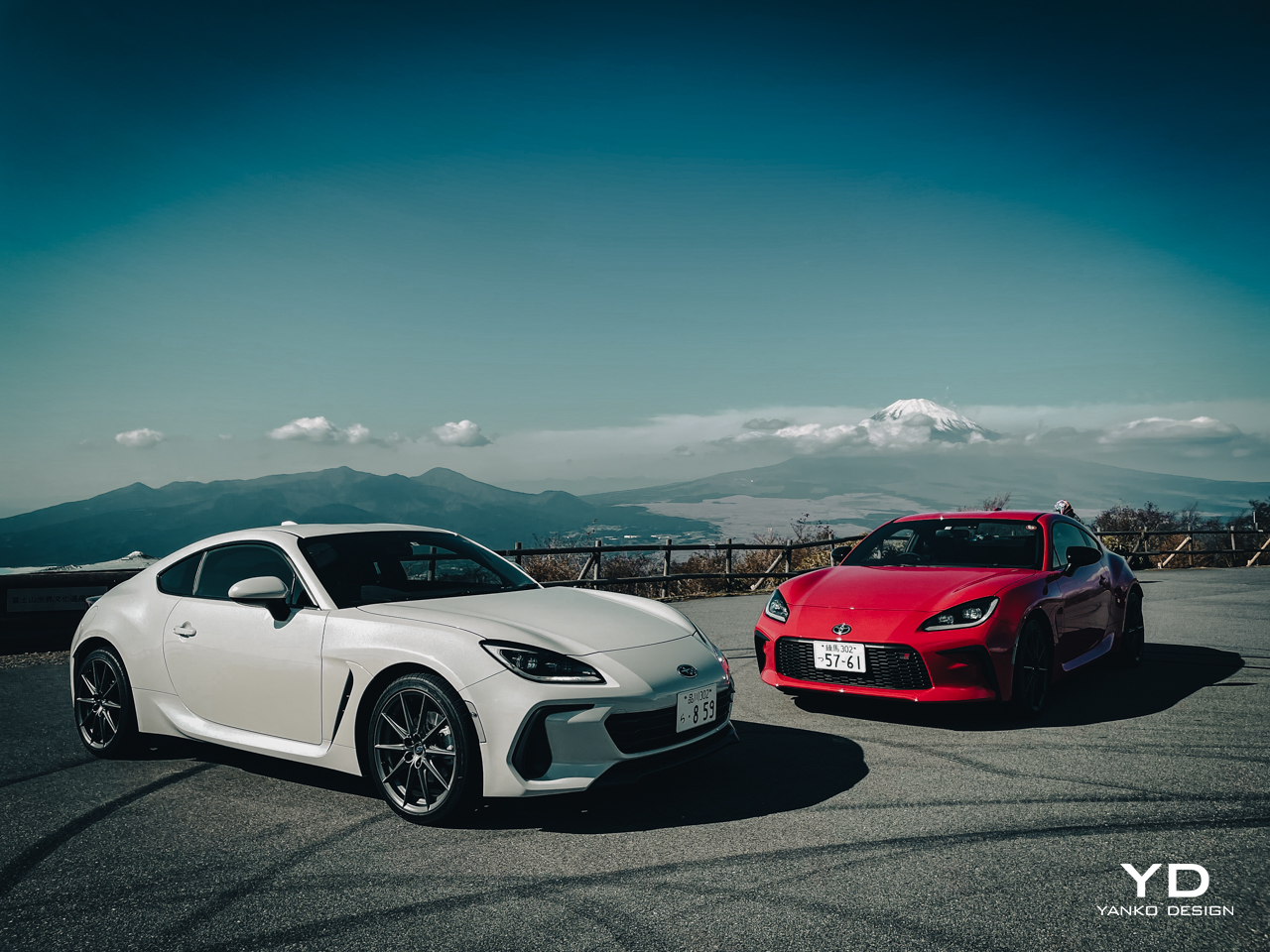

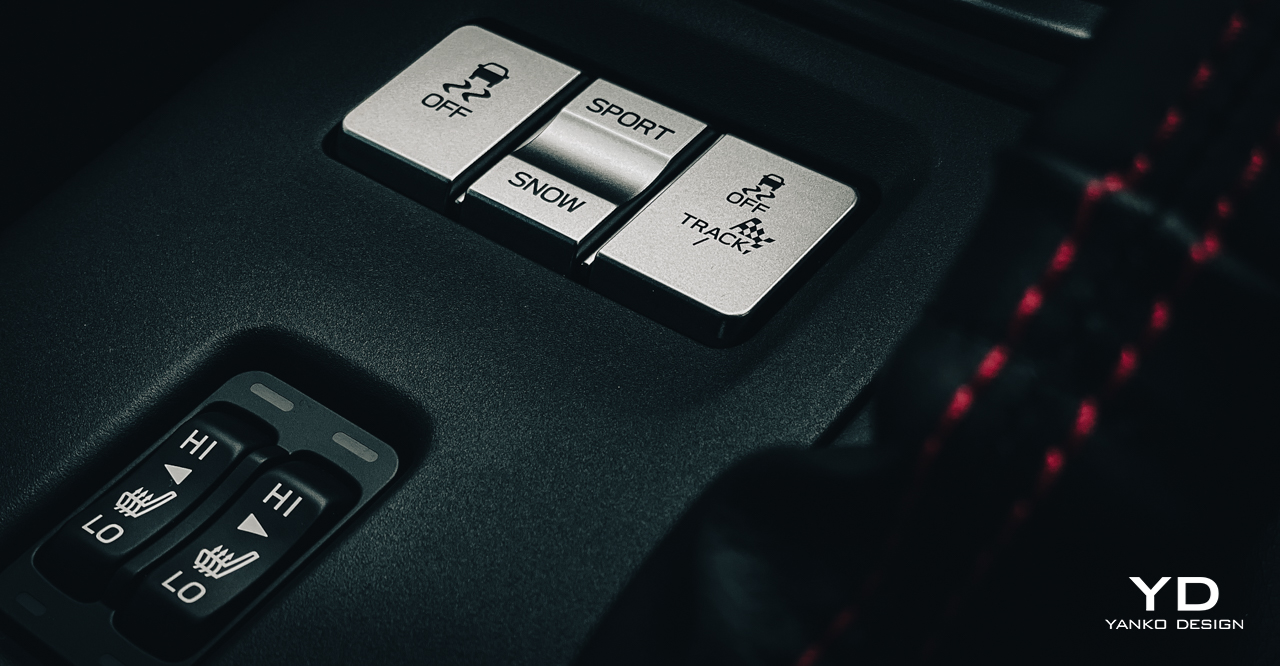
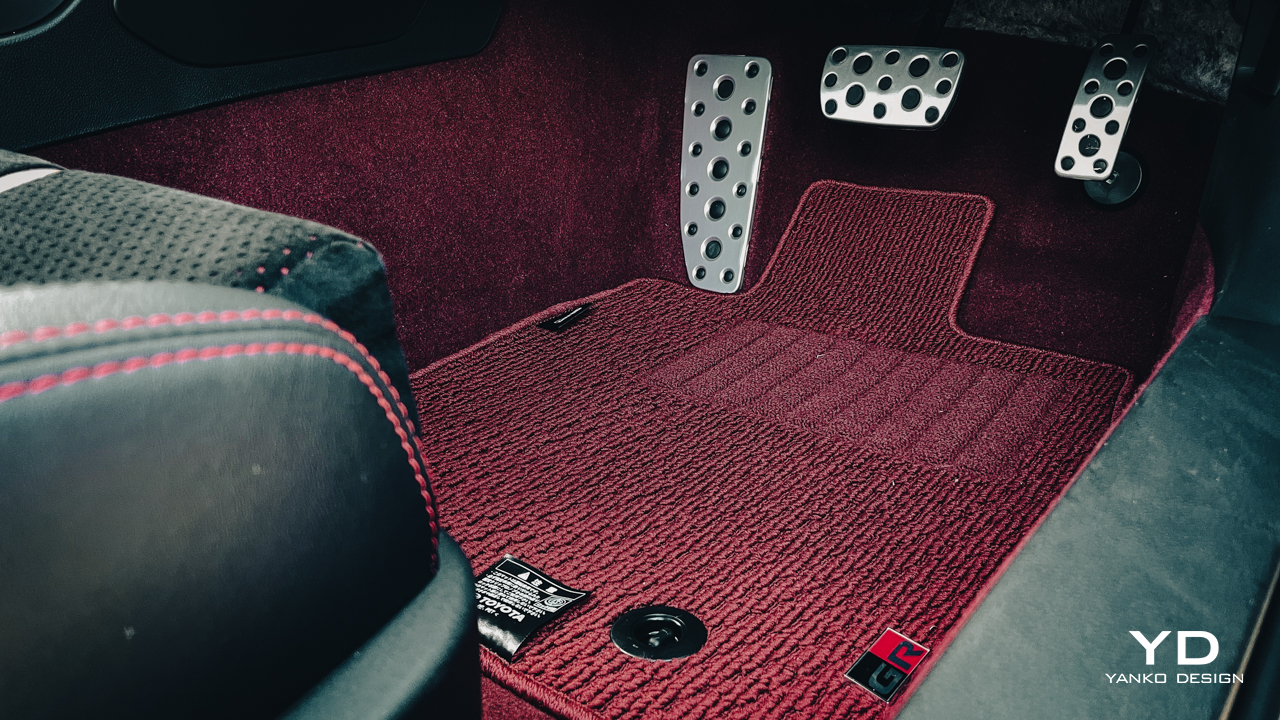
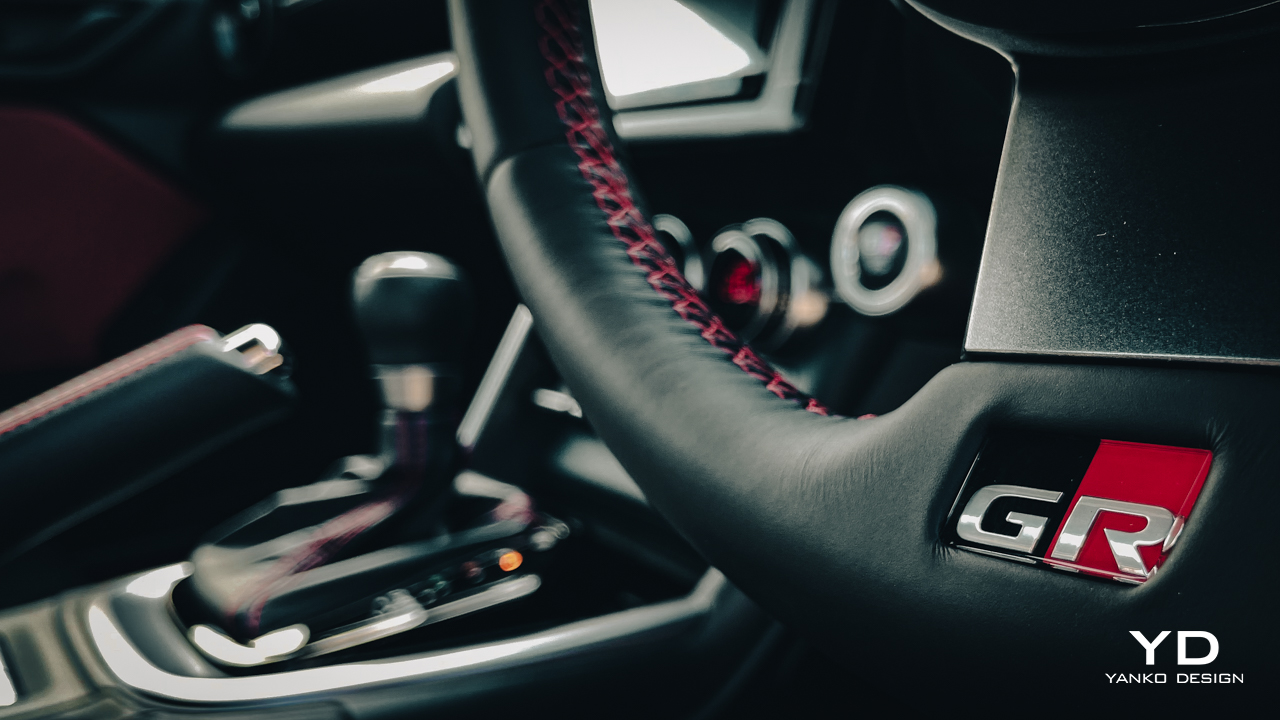
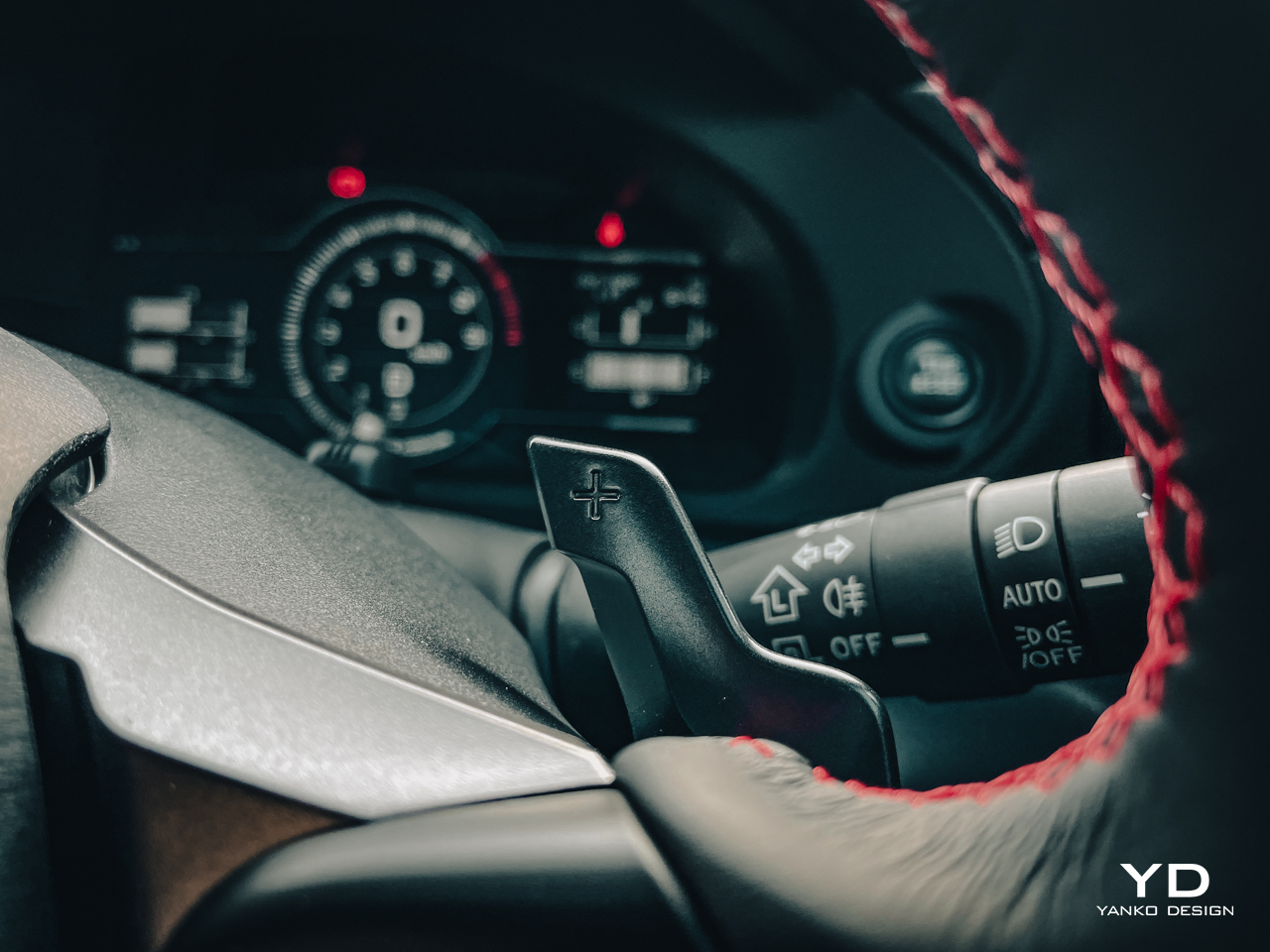
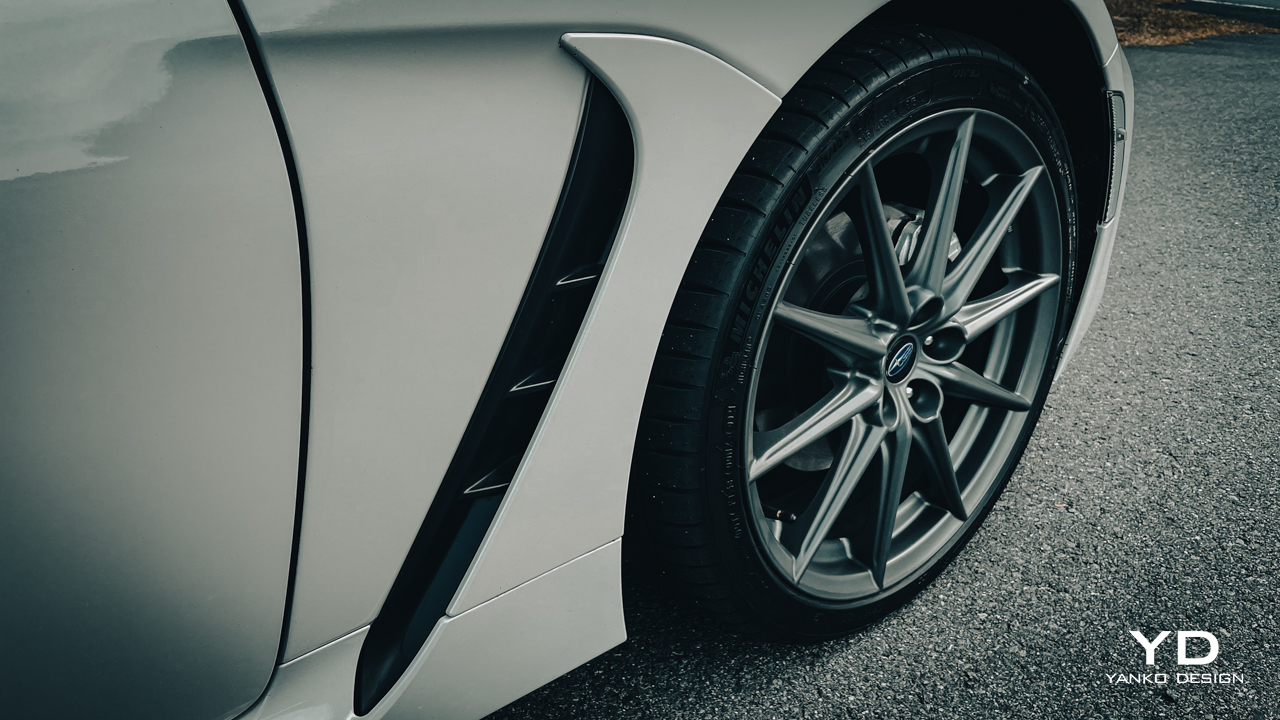
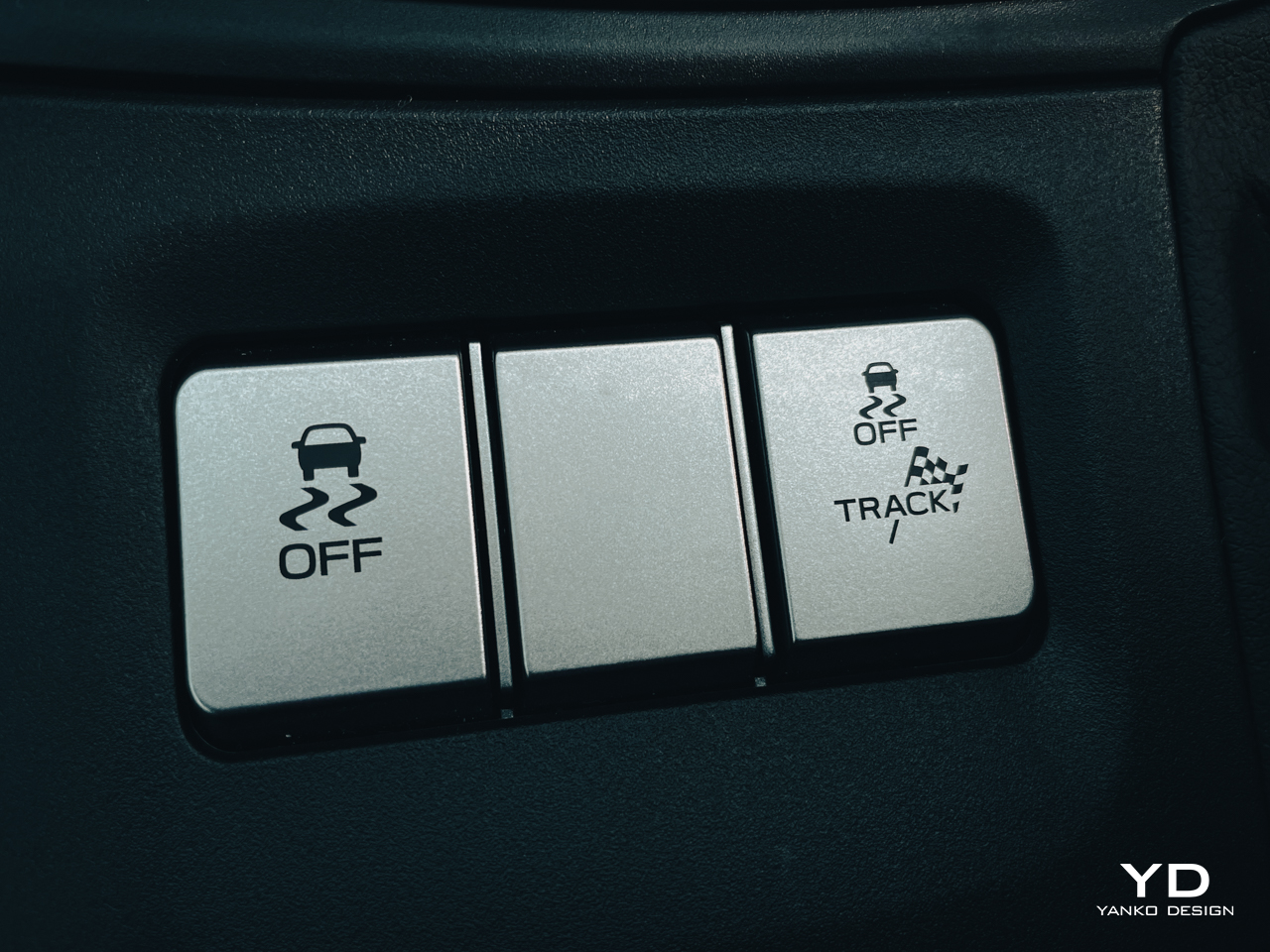
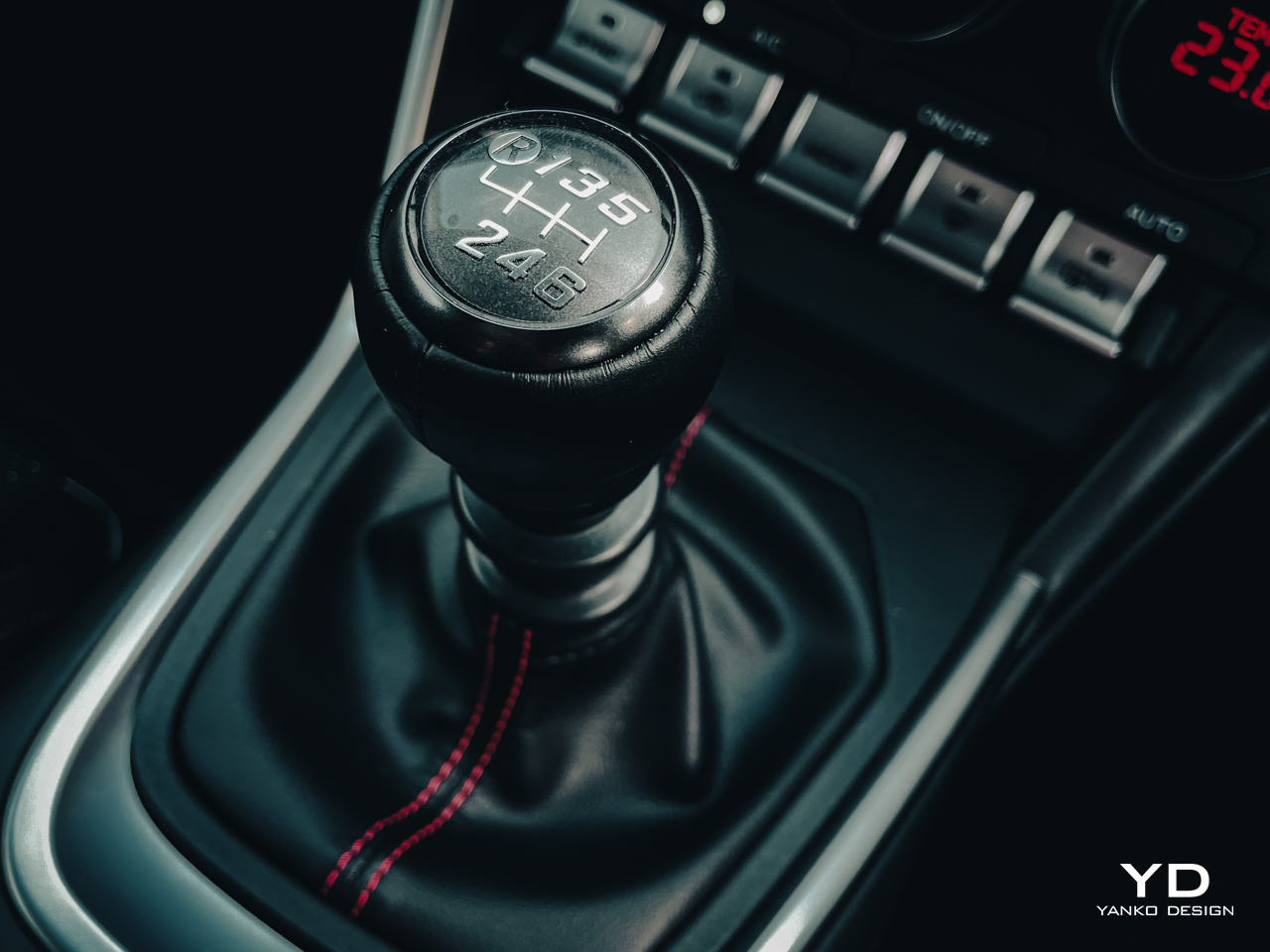
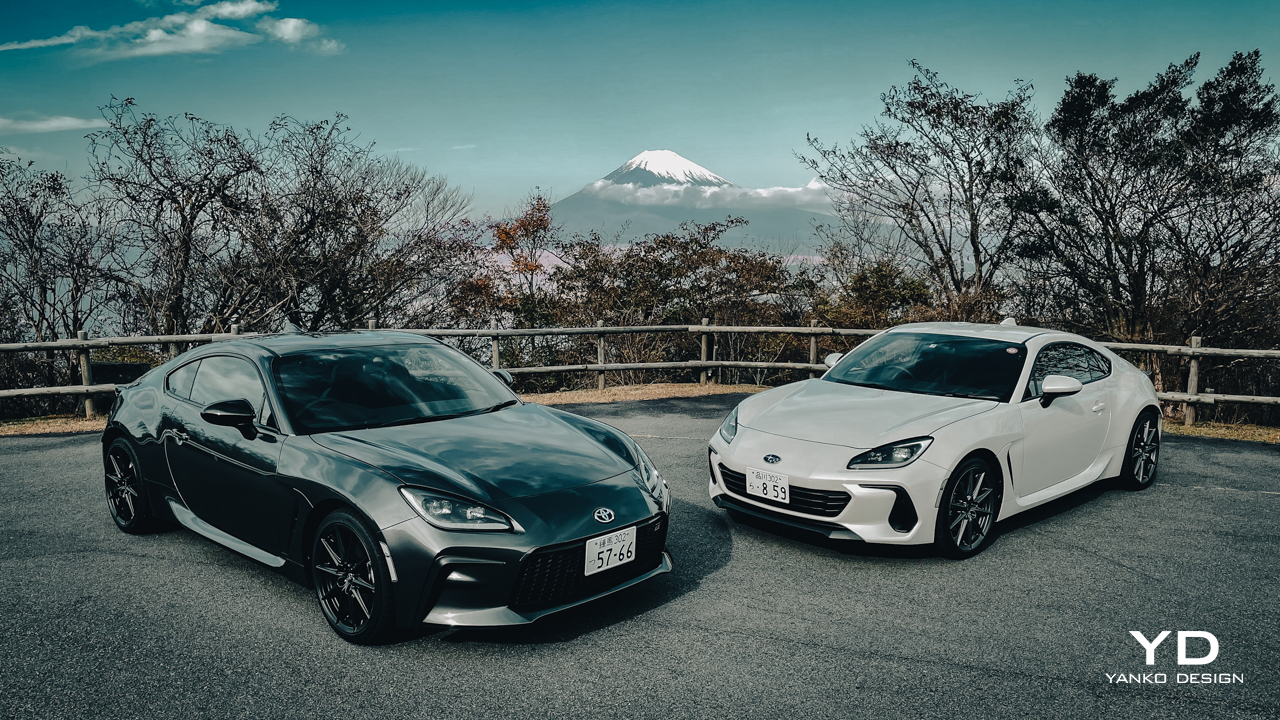
The post 2022 Toyota GR86 and Subaru BRZ Review first appeared on Yanko Design.
No comments:
Post a Comment